|
Well, maybe not madness, but encouraging spring growth. We've been having brief rains and almost everything is growing. Especially encouraging are buds on the ocotillo and desert willow (which we thought had not made it through the winter freezes), and the palo verde and mesquite. It would be discouraging to lose trees when we've put so much time into them. We are sitting out the craziness of the times here, it's a relief to be out of the city. Stay safe. Toulie invites visitors to check out our Art Donation Board, where residents can donate small works to be for sale to benefit future artist residents. The idea, and first donations of polaroids, came from resident Lori Lipsman.
I am nothing if not my mother's daughter when it comes to having a well-stocked pantry. Since I've worried for several weeks about the health crisis, I stocked up even more than normal, and that meant getting the desert ready for us to stay more longterm.
But where to put all the water, dried stuff, cans, and yes, tp? This is an old-fashioned farm house, with canning shelves in the basement, but at the moment there are also big black widows down there, so food needs to stay up top. I had to tackle the laundry room, and one big cabinet there that remained uncleaned, because Terry, the previous owner, had forgotten to empty it before she left. It was packed with stuff. So yesterday I pulled everything out. It was filled with stuff for canning, and hadn't been opened in many years. There were jars of brown liquid, with the label, "Cactus Sondra." Sondra was Terry's mother, so they are probably 50 years old. Pickled cactus? Ted wants to find Terry's grave and make an offering of them, but research came up a blank. There were also treasures: old thermoses, cool ladles, stainers, and funnels. And an absolutely perfect cast iron casserole. I've priced these in antique stores and couldn't begin to afford one. Today we will fire up the newly coated earth oven, make some pizza, and try to cook a pork roast inside this beauty. We will survive! Today we learned from a neighbor that Terry Imel, the woman who sold us the Desert Dairy, has passed away. She moved to the property when she was a little girl, and her presence is still here. We hope you had some fun before you left, Terry!
The winter has been beautiful in the Mojave. We have been working on the house and grounds as always, building a composting bin, finishing the earth oven, and starting a new fence. But we are also being more social, meeting friends out here and participating in shows. I was honored to have studio visits with two curators in the last few months, something that never happened in San Diego or Los Angeles (the desert mystique works). My work is currently on view in "Mojave Madness" at the Yucca Valley Art Center, and the two small pieces sold--the new metal series, especially the tools, seems to be hitting a nerve and opening pocketbooks. With all the worry over the spread of the virus, it feels that 29 Palms might be a safer spot to hide out if things get bad, so we are stocking up on supplies and preparing mentally to isolate if necessary. Sort of a scary time.
The other thing I find myself thinking about is the coming summer, if we will handle it any better. Having grown up in San Diego, where the weather is almost always perfect (and perfectly boring), it's a new experience to have seasonal anxiety. I try to live in the moment, or at least the current month, enjoying our wood burning stove and getting under the feather quilt at night. We are refurbishing our above-ground pool, which we originally thought was a cow trough, hoping it will make hot days a bit more bearable. But in reality, summer is another scary thing to contemplate. Including: desert lily sprouting, great horned owlets, Toulie and toy, bobcat in oasis, Abe’s new hippo sculpture, and Ted watching the sunset. Never a dull moment. The residencies of Michele Guieu and Lori Lipsman last month were phenomenal. Such wonderful women, doing amazing work! Slowly we are learning how to host artists, how to give them space and support them in their work. Lori left more than a dozen polaroids for us to use a gifts for those who donate to our residency project--let us know if you want one! And Michele's incredible installation will stand as long as the weather will allow it.
Next we will host Cindy Zimmerman, a San Diego artist, who will come out to regain her bearings, and find her Magdalene. She prefers not to have a public opening, which of course we will honor. Our job is to support each artist with whatever she needs upon arriving to the Desert Dairy. Blessings! This photo shows our original farmhouse as it was in 1930. There was an earlier, probably temporary, house built by Frank and Mildred DeMent, but it was torn down. The strong sunlight is probably the eastern face. There was no fireplace at this point, and you can see a water tower, although there was no indoor plumbing. This photo is possibly from 1949, when 29 Palms received a historic 19" of snow. Now you can see the fireplace, and the trees described by Jacqueline DeMent surrounding the farmhouse. 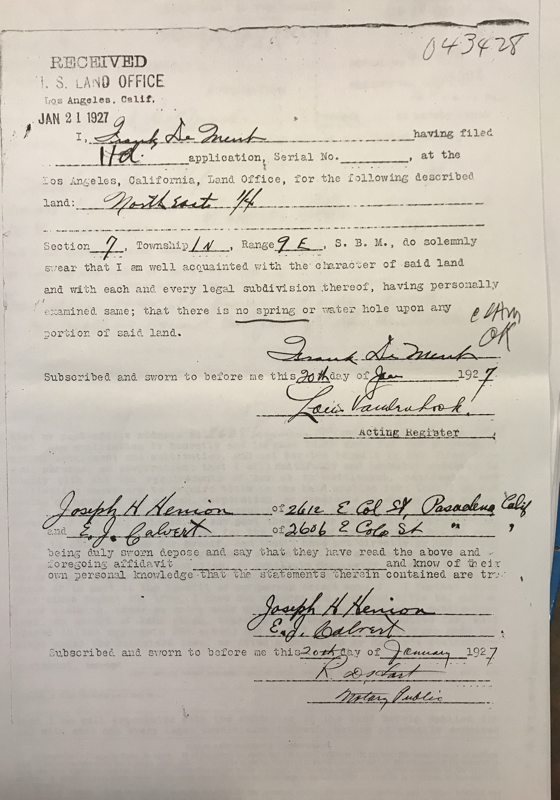 This is how our farmhouse looks today. A deep porch was added to the house, probably around the east and south edges. Eventually it was enclosed, so the fireplace is now in the interior of the house. Frank DeMent planting palms in the front yard. The lakebed is flat in the distance, so you can see our neighbor's homestead to the south. The Pinto Mountains (Joshua Tree National Park) are behind. Same view, now. The dune has formed since the original photo was taken! Before we found the old photos, we had decided to plant palms in exactly the same place Farmer DeMent had. Both of us wanted trees that wouldn't block the view of the mountains from the front of the house.
I choose the small, fragile and broken structure that has no roof to work with for my installation. This structure is an interesting and fascinating contrast with the beautiful surroundings the high desert offers. But it has its beauty too.
Most of the beginning of the work was to prepare the structure by removing all the sand and the hidden pieces of metal, plastic, glass littering the ground. I collected these materials as I cleaned up the cement slab in the structure, and also around it. Today most of the cleanup is done. I started to use all these elements as part of the installation, by attaching them on the outside wall. All these old broken and discarded parts were sometimes made, manufactured, used. All of them are made with materials or a combination of materials coming from Earth. I love working outside here, feeling the heat and the light changing during the day. Enjoying hours of silence - except for the loud military exercises taking place not very far away. But in a way this is very interesting too, because it is about the reality of the world we live in. There is a the Mojave desert and its harshness and raw beauty, Twentynine Palms, a town slowly but surely growing, Joshua National Park, a unique place that people come see from all around the world. But for whatever reasons, Joshua National Park feels very far away from Desert Dairy for me. It’s not bad. Somehow Desert Dairy feels more real. Working at Desert Dairy
by Lori Lipsman Today is my 4th day in the high desert of Southern California. I’m here to do some art. I came with the concept of working on two Polaroid series with a refurbished SX-70 camera. As of today I’ve seen an amazing amount of inspiring art by local artists and spent quality time in Joshua Tree National Park. Where I’m working on finishing and displaying the series, Desert Dairy, has also brought me an incredible amount of inspiration. Not only the property, but the barn I’m working in is amazing and the view it affords me are incredible. Tomorrow I will wake up early and go to a spot I found to see the sunrise. Thursday I’ll do a longer hike taking with me my REI Flexlite chair, a drawing pad with drawing tools and hike into the mountains in Joshua. I’ll come back to Desert Dairy to get some time in the barn. Looks like I could have 4, maybe 5, series of work by Saturday. And each piece will be free to anyone gracious enough to give it a home. Thank you Anna & Ted! I finally got over to the 29 Palms Historical Society archive, which is only open on Wednesday mornings. It's a warm room full of old filing cabinets and bookshelves. There were about 10 people there, researching and chatting, lively! I spoke with several lovely women who helped me find information on "the dairy." When I gave them our address they just laughed--nothing is computerized and nothing has addresses. You have to know the family or the business. But we found a file and here's what was in it: Frank and Mildred DeMent Frank and Mildred DeMent homesteaded in 29 Palms in 1926-1927. 160 acres near the dry lakes on Mesquite Springs Road and Indian Trails. They were among the first to come here with World War I vets for their health. After prooving their homestead they had two children, Jacquelyn born in 1930 and Don in 1939 at the 29 Palms Hospital. (transcribed and edited by me)
Dear Bill; I was so glad to hear from you, asking about my parents, Frank and Mildred DeMent. They homesteaded in 29 Palms about 1926 or 27 I think. I wasn't born till 1930. My brother was born in 1939 in the first hospital in 29. It used to be a motel by the oasis. He was the first child born there. My parents did a lot for 29 Palms and no one has ever recognized it. They were the only ones who every grew anything. They were completely self sufficient. My father dug his own well, bucket by bucket, before that we got water from the spring at the Palms. We grew oranges, grapefruit, dates, grapes, peaches, apples, and all the vegetables. Also had hives of bees, chickens, turkey, 12 dairy cows, bull, calves and a team of horses. We used the horses to plow the fields for alfalfa and grain. After more people moved there they would live at our house: well drillers, homesteaders, even the school teachers. My dad would deliver milk to others as they moved to 29 Palms. Both my parents were sherifs for San Bernardino County and worked with Jack Cones, the constable, after he came to the town. After the Bagleys moved to the desert, my mother took care of the kids when they started the store. She also cooked at Joshua Tree restaurant on Saturday nights at the 4 Corners. My father was also a carpenter and he built most of the houses around there, like the Donnell Hotel and a lot of businesses that started up, he also was in on building the first swimming pool. Dad was the weather man for the U.S. Government, till the years we moved to Beaumont. When the war started he worked at the bases they built on the dry lake. Our house was really nice with large shade trees, shading the whole house, 2 barns, chicken house, etc. The yard was full of trees (fruit) and vines and lots of beautiful roses and other flowers with hedges of oleander bushes all around. Down by the well we had alfalfa, vegetables, grain, and watermelons. When they started a school the kids would come to our house on field trips. My dad would show them how to make cottage cheese, ice cream, feed the calf and and milk cows, ride the horse, etc. We never had phone or electricity, and only inside plumbing the last few years that we lived there. When my father passed away, my mother had to sell the property. My father did not leave a will. I have so many wonderful memories of 29 Palms, my kids tell me to write a book. But as you can tell, I'm not a good speller. It hurts me so much to see all the people that came later seem to take credit for all their work. I have no information on neighbors. They are all dead now, they were my parents' age. I didn't get any information on the brick around the flagpole. Please send the information as soon as possible. Thanks for caring, Jacquelyn (DeMent) Holloway Several months ago I started attending a life drawing group that meets in Joshua Tree. The core group is serious and accomplished, mostly retired illustrators and animators, and all are working artists. They are not talkative--when the model is posing, everyone focuses. Last week I forgot my good brushes. All I had in my box was a small craft brush, but I was determined to paint, so did a cross hatching drawing technique with the gouache. It worked! But what was even better was the reaction from the other artists, who commented on it. I realized they have accepted me into the group, which makes me very happy!
If you want to draw with us, just show up--every Thursday, 5:30-8:30, at the Joshua Tree Art Gallery on Hwy 62. We split the model fee. The wood floor in the central rooms of the farmhouse is not original, but it's old. According to the previous owner, it came from the local bowling alley, and was not in great shape. I really love the small boards, and thought I should try to refinish it, so I hand-sanded, scrubbed, and then rubbed a combination of vegetable oil and white vinegar into it, section by section. Such a difference! I may have to re-oil every year, but better than replacing, right?
Prepping for a talk I'm presenting to the Contemporary Arts Committee of the San Diego Museum of Art, I photographed an oil I'd painted, plein air, in Bombay Beach around 1992. The Chocolate Mountains are in the background. In the early 90s my paternal grandfather was a snowbird from Oregon at the same RV camp every winter. I'd drive my VW Bug out and stay with him, painting and soaking in the pools with all the old folks. Claude Melville "Jon" Stump was a character, the oldest single man in every camp, which made him quite popular.
Wishing you all a wonderful, peaceful year. I love this floor plan, from the Enclopedic, for a teacher's cottage. Only what was needed in 1930: bookcase, table, stove. No fridge, no tv area, no couch. We are slowly simplifying our farmhouse, trying to return it to more of its original state, because we are value peace and quiet over modern convenience. Here we removed a hanging cabinet that had been added over the island. So much better!
As I walk our property I find metal half buried in the sand, exposed by storms and wind. I gather it up and take it back to my studio in San Diego, where it gets worked into jackrabbit homestead collaged landscapes. The homesteads images are from Zillow, my porn. I'm astounded as these shacks come up for sale, in very remote spots in Wonder Valley and 29, and the prices continue to go up (although the really beat ones are still under $20K). Sometimes I have to do very little to the metal to get the effects I want, which is half the fun.
At the close of a long weekend on the property, I sat down in the sunroom with some of my reference material to find images for my new paintings. I'm cannibalizing books we found on the property, outside in the sand--ten volumes of an encyclopedia, published in 1930, the year the Dairy was built. They are bound in embossed leather, with priceless spine text like "Proverbs to Tapeworm." Diagrams of mathematical structures, measurements, and architectural drawings are perfect for my developing series based on sky surveillance and military menace in the desert.
Anyway, I was looking through one of the books, and it slowly dawned on me that this is not only an encyclopedia, but also a home-schooling manual. Although I still have to research our original homesteaders, they probably came with young children, and there may not have been a school in 29 Palms yet (in fact, the City of 29 wasn't incorporated until 1987). Now I can picture the mother, leading lessons (highly gendered in these books), and the father, working the kids on the land. Less that 100 years ago, and so very, very different. I'm super happy to be spending five nights in the desert. The weather is perfect and there's nothing pressing to do. Of course I always have a list going of things to fix/clean/improve, including painting more walls and ceilings, gardening, and the ever-present trash collection. Am getting ready for our second family Thanksgiving--the kids loved our paella last year, and called for a repeat. I hope everyone will appreciate a year's worth of work on the place.
I'm experiencing less and less desert despair. It helps that it's lovely and warm during the day and cool at night without being too chilly. We brought out the small fireplace that I'd originally purchased for my condo, but the HOA outlawed them, so took it to the Huts, but we never used it. It's for one or two people, and a lot safer than our big bonfire area. I'm hosting an artist this weekend who is doing a project about how women deal with physicality as they age. She will film me sweeping. As I get older I fight against my body wanting to do less and less with chores. Sweeping is always one of the first things I do upon arrival. I spent several afternoons with my neighbor, Abe, chatting about the history of our Desert Dairy. I've yet to be here on a Wednesday when the 29 Palms historical archives are open, so don't have formal research yet. But I now understand that only one family owned this property for almost 90 years. Teri, the woman we bought it from, said she came here as a little girl, and that's why I thought there were two families involved. But she came to live at her grandpa's house.
The major characters: Grandpa, the dairy farmer who built the house and barn in 1930. Miner Mike, his son, who turned to mining when the dairy dried up. Teri and her brother Mike, who inherited the property from their father. A single family explains why we found items related to the dairy in the sand, and books from the 30s. Miner Mike brought rocks to the property from mines across Southern California and Arizona. According to my neighbor, father and son snuck into the abandoned Bisbee mine, bringing back loads to the Dairy. Somewhere on the dune there is a contraption that tumbles the rock apart. During a dispute between one of the Mikes and a neighbor, they burned down a structure. Brother Mike spent time in prison, and both he and Teri's son died of heroin overdoses. Abe is convinced there's gold under the sand. He also said there was a large pile of valuable rock near the house, and a few months after we bought the property someone drove through our fence, knocking it down, probably looking for this rock pile. It's long gone. Our first official resident arrived Wednesday and spent several days alone in the house and cottage preparing for her durational performance. Eventually a videographer arrived, among others. After losing water for a few hours due to a pipe break (a good reminder that things have improved), I made a dinner on Friday night, breaking out the pizza oven. Success! Finally I get the hang of how to bake inside the earth oven (don't put dough directly on the heat bricks--use pie, cake and tortilla pans).
Saturday we had 12 cars and Sunday 10. An improvement over weekend #1, but not by much. Am interested to hear how others are faring on the tour--sales? visitors? At least the weather was absolutely perfect. I do appreciate friends making the trip from SD and LA, and several influential desert art peeps also stopped by. We made a quick addition to our property--tire stairs going up the dune. I got tired of carrying the dog up (he doesn't like the prickly brush growing on the sand), and we don't want people going up multiple paths, to protect the roots of plantlife there. Now I can send people up without having to show them the way. And it's easier, no tripping hazards. Will have to think long and hard about doing the Tour again. It's contributing to the scene, but next year will there be 200 studios, then 300, etc? More and more artists keep coming here. Somehow I need to figure out how to bring in funds to support this place. I can feel how much people want to be on our property, but this is zoned as a residence, not a business. Best: people who matter liked my new helicopter paintings. Next I'll make several big ones. I can do it, because we have a barn. Wrapped up weekend #1 of the Desert Dairy's first participation the Hwy 62 Art Tours. The barn and parking lot were sparking (someone said "sparse," which I take as the HIGHEST compliment). Weather was perfect, cool in barn, 90 degrees outside at hottest.
We are studio #121 of 126 studios, from Morongo Valley to Wonder Valley. That's a lot of artists. I was not holding my breath, and good thing: seven car loads of visitors came on Saturday and only five on Sunday. That said, we had a couple of small sales, which is unheard of with such a small number of eyeballs on the work. It's a strange show. At a gallery opening, everyone stands around socializing and drinking, and occasionally looks at the work. At an art fair, hundreds of visitors shuffle into your booth, but their eyes are glazed from seeing so much stuff. This studio tour takes effort to reach us by car, so everyone stays for at least 15 minutes, and some for much longer. They look at the art, and they look at the place, and almost everyone wants to have a conversation. It's refreshing. That said, we heard of old timers on the tour, even further east than us, having a dozen sales on the first day. And sites on the main highway in JT having 50 visitors per day. So this may take years to build up. Will report back after weekend #2. A few more patches to the outside of the barn in preparation for the Art Tours. Hill&Stump “Blooming Saguaro” made the PR poster for the Collective Show. Nice! And our neighbor dragged our road so it’s ready for the public to drive in comfortably. Hope people show up! We are #121 out of 126 artist spaces on the tour (they are numbered west to east—shows how far our we are).
|
Archives
August 2023
Categories
All
AuthorsAnna does most of the writing. Ted does most of the photos. But sometimes we switch. We are repairing a distressed property in 29 Palms, California, and eventually hope to run an artist residency there. |
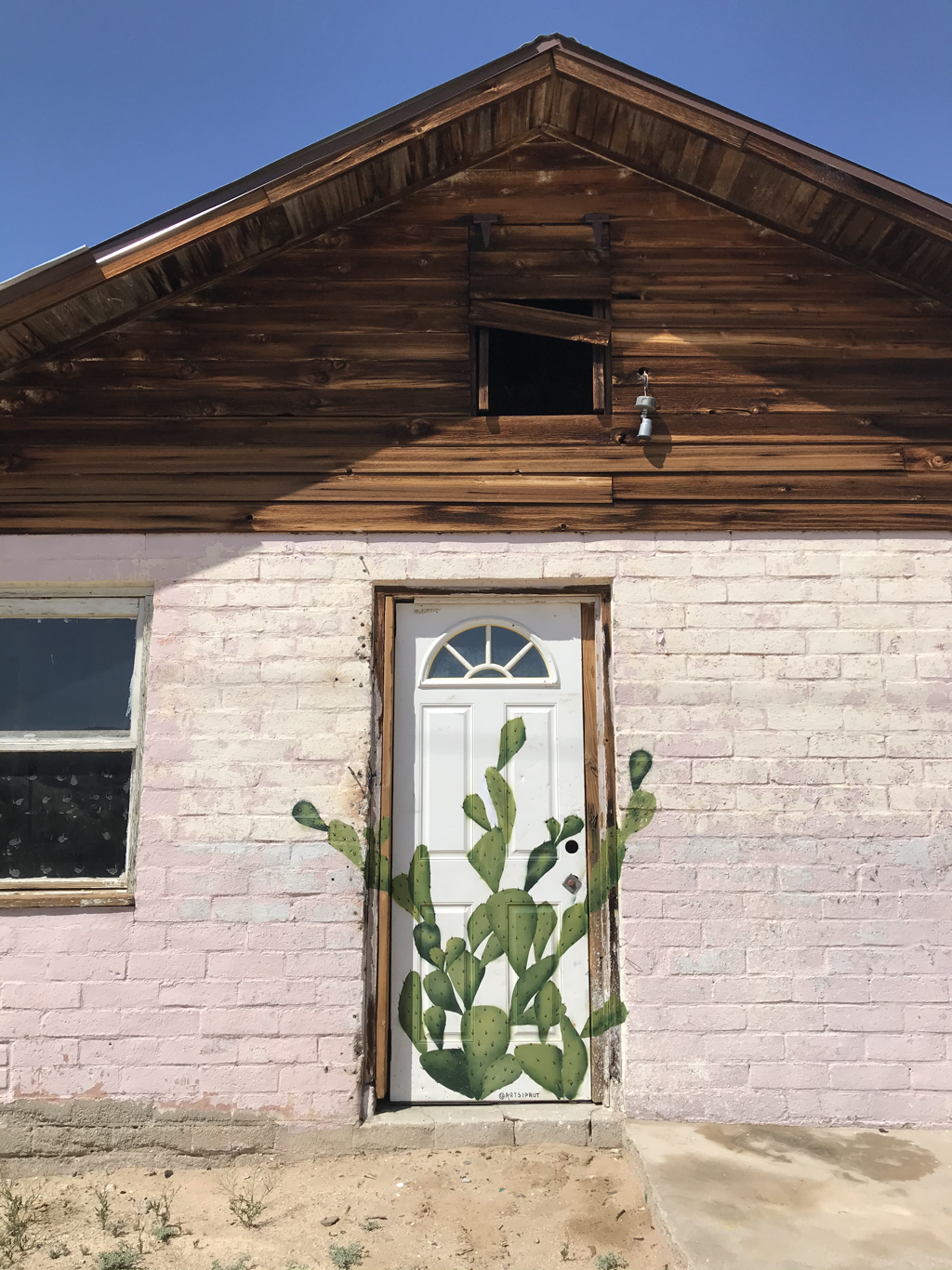
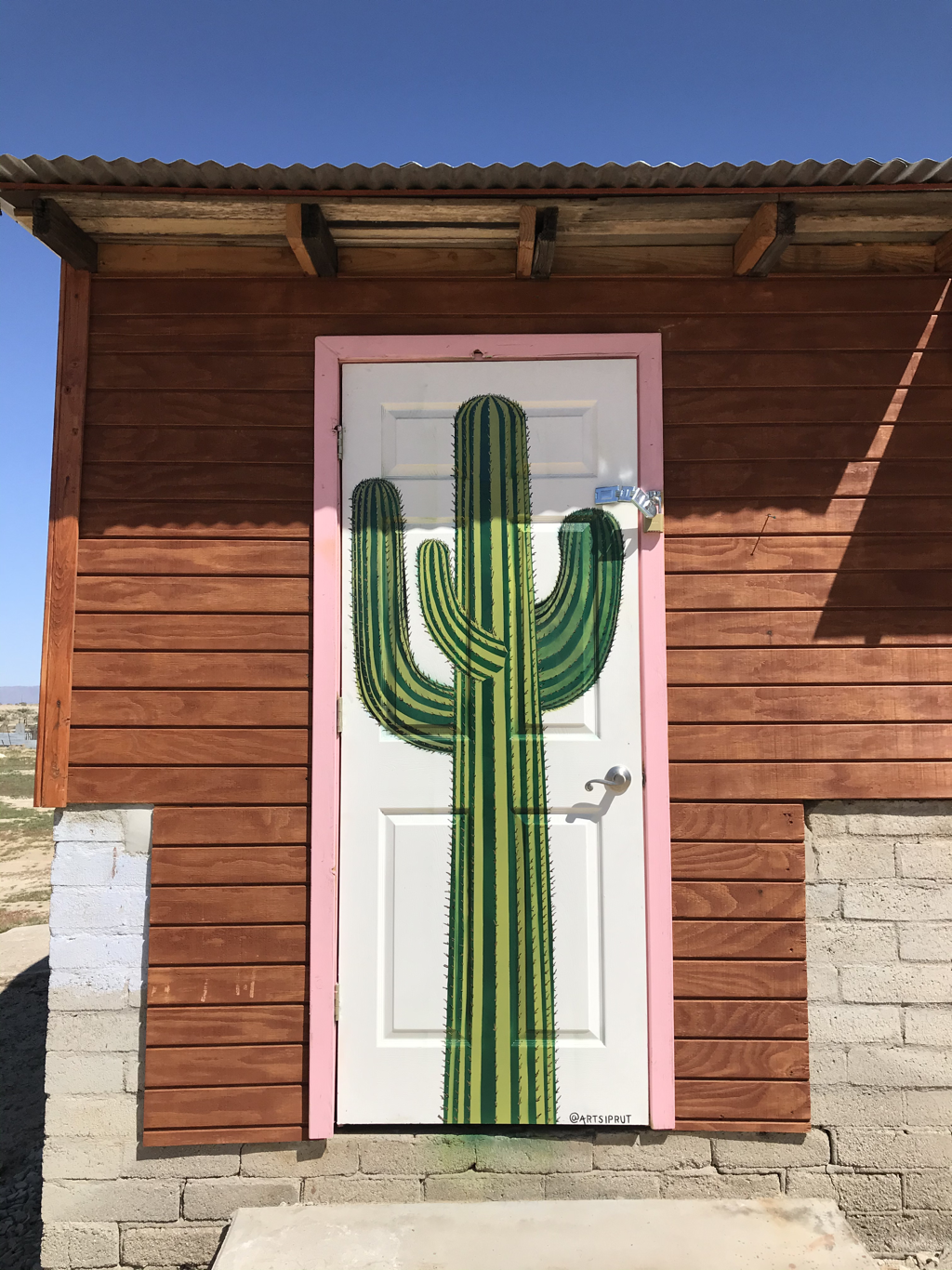
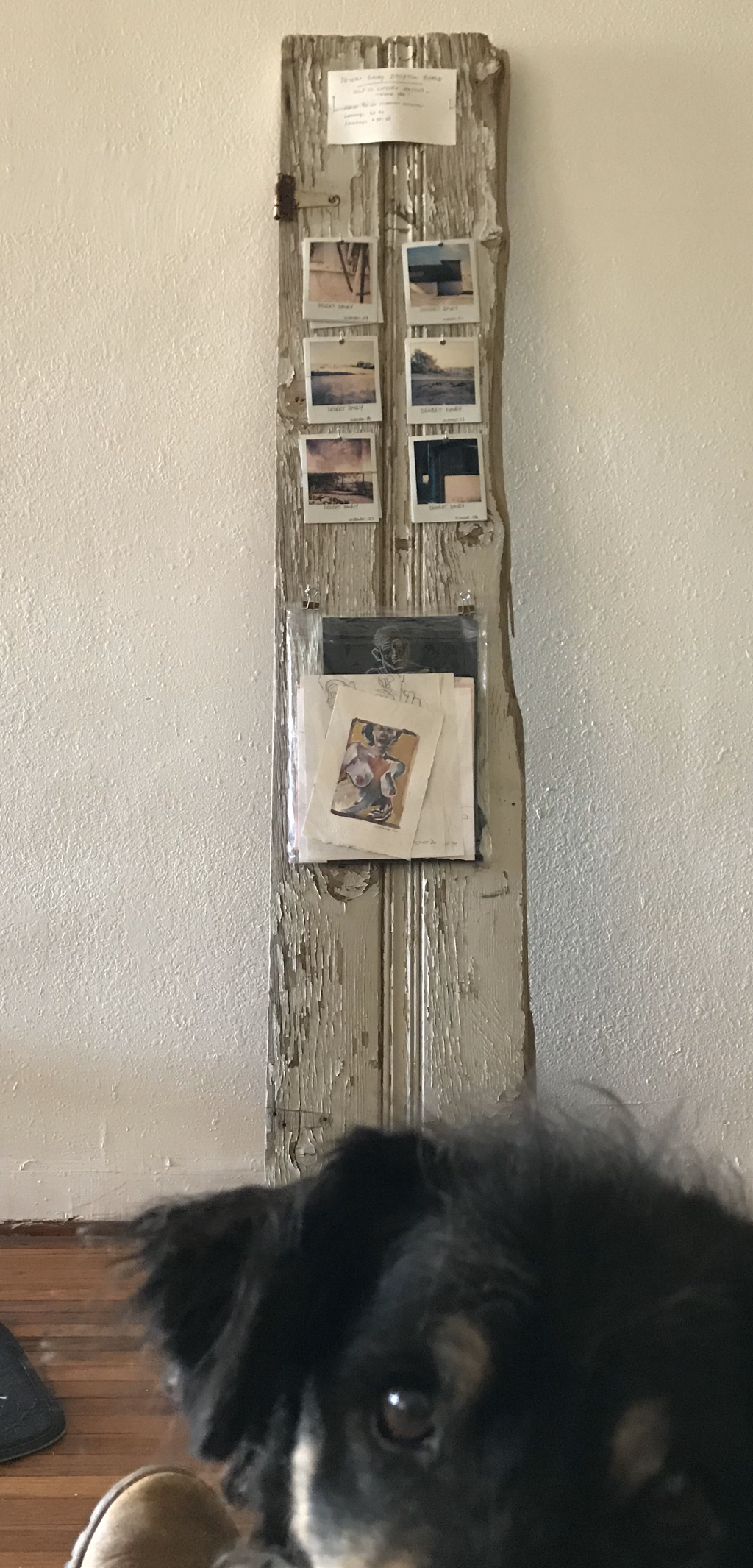
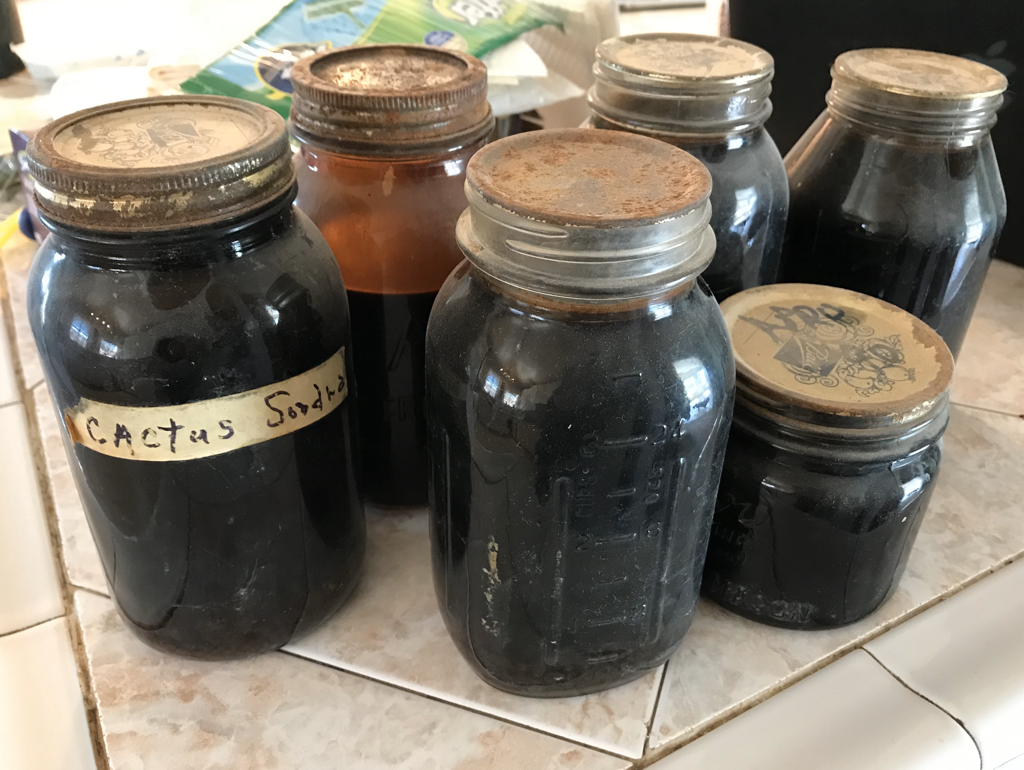
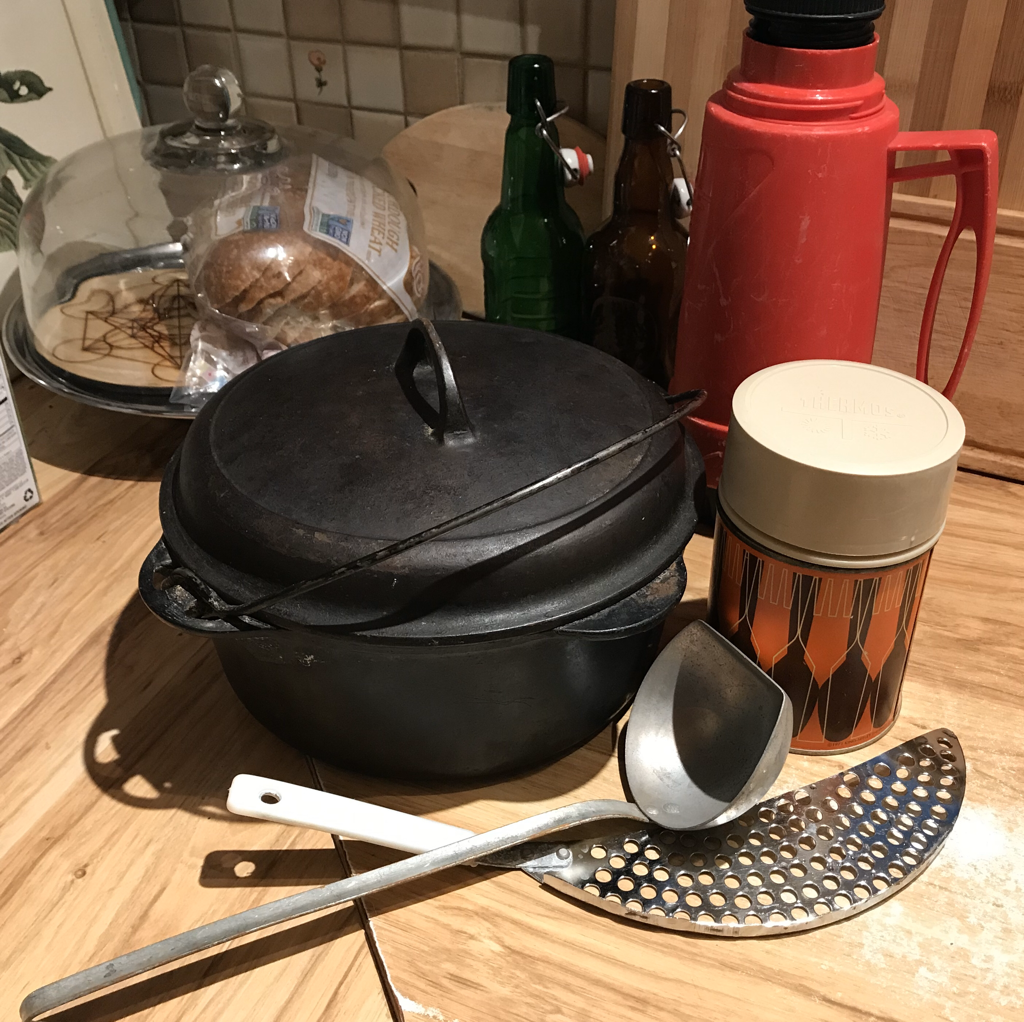
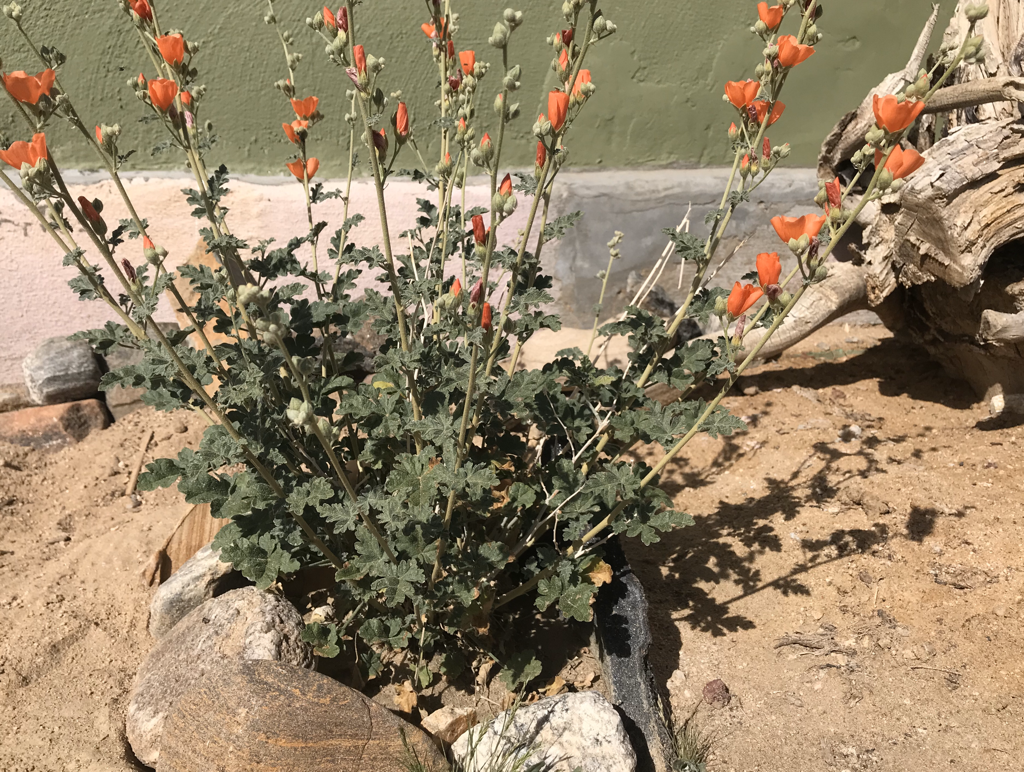
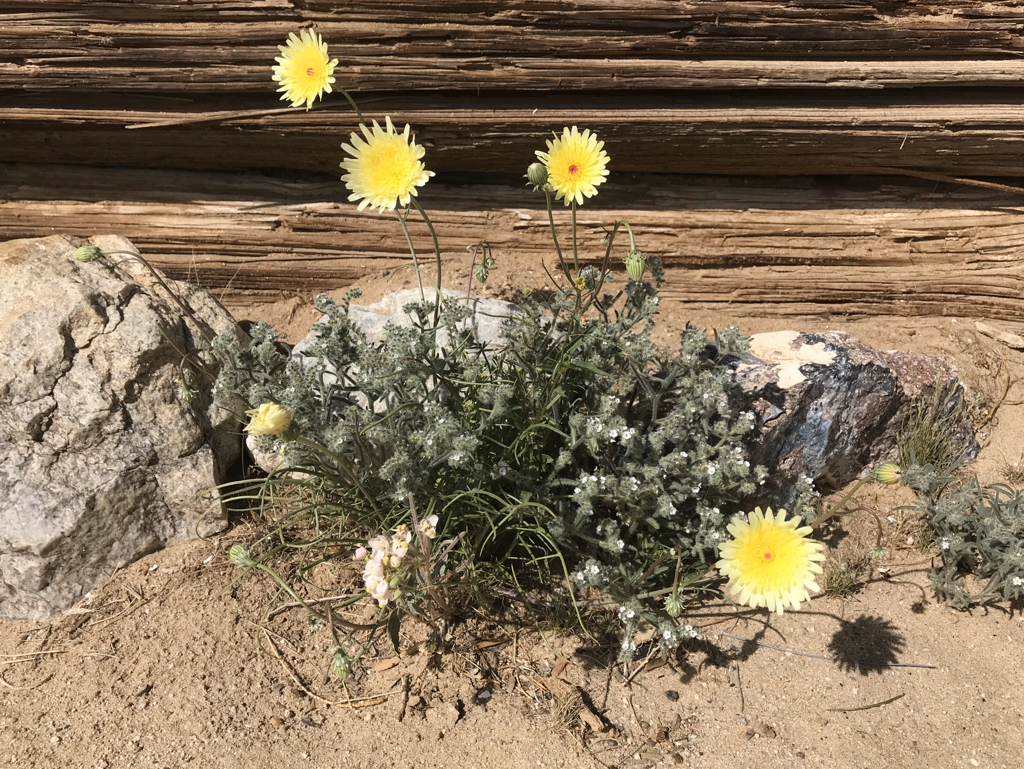
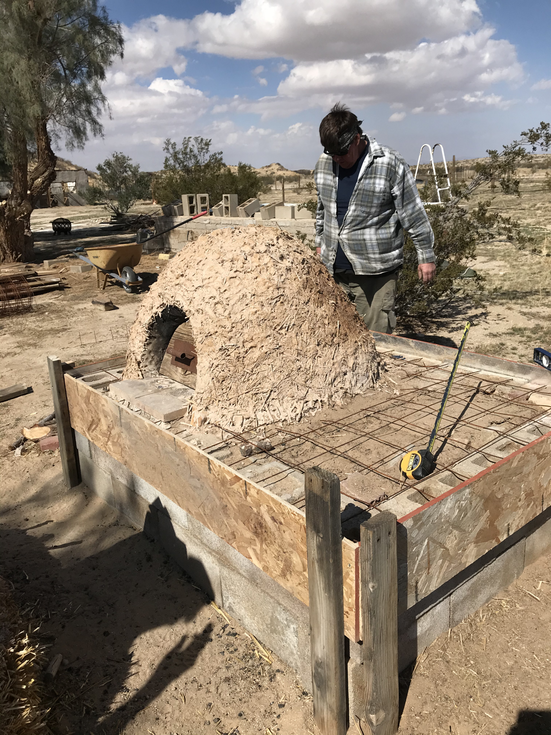
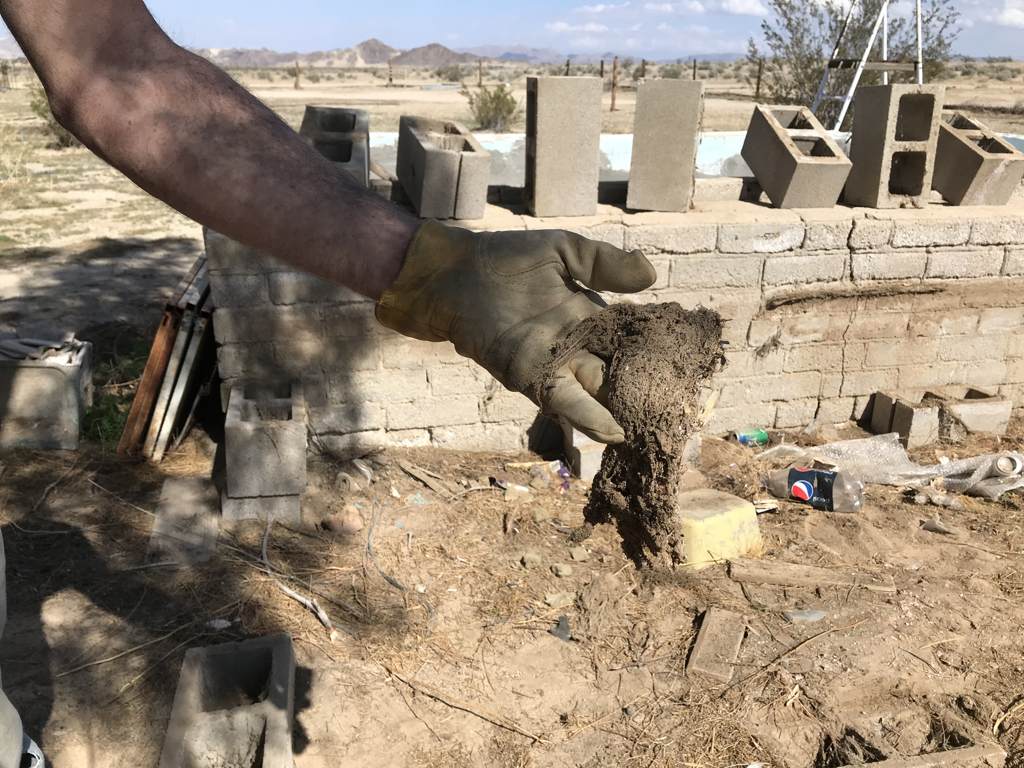
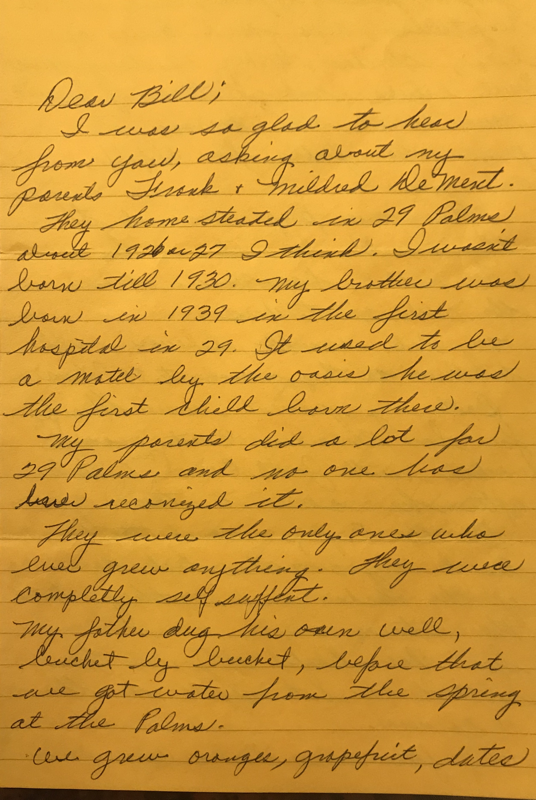
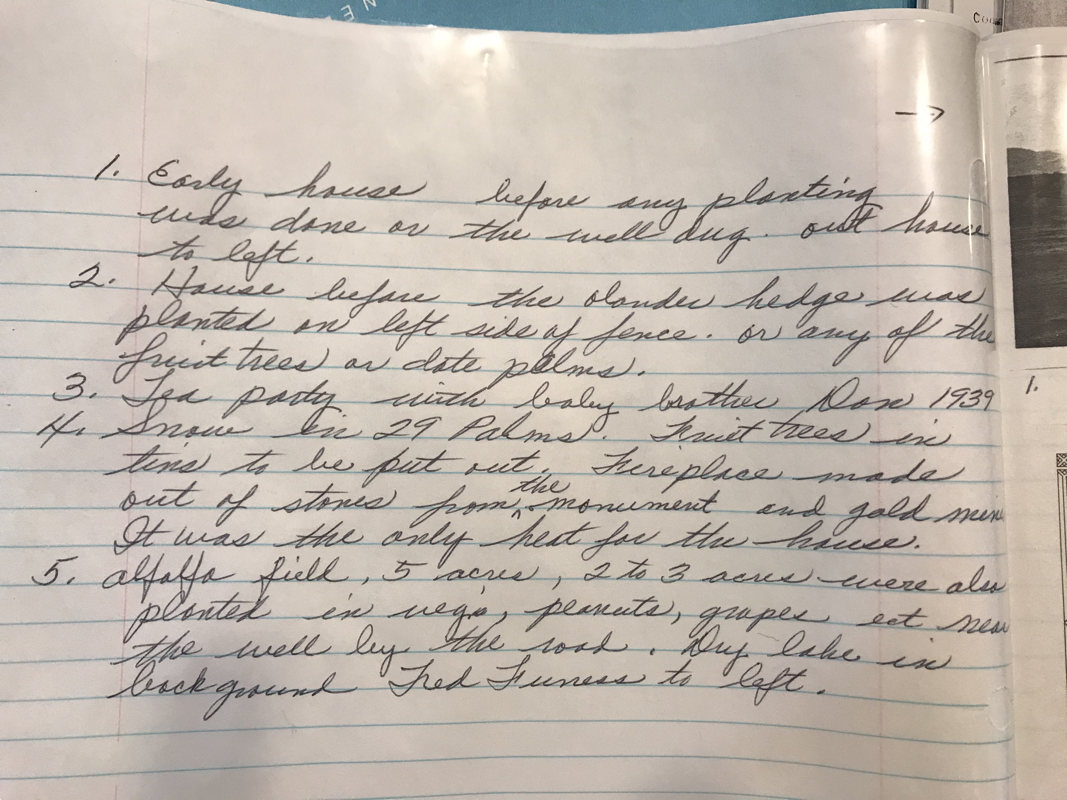
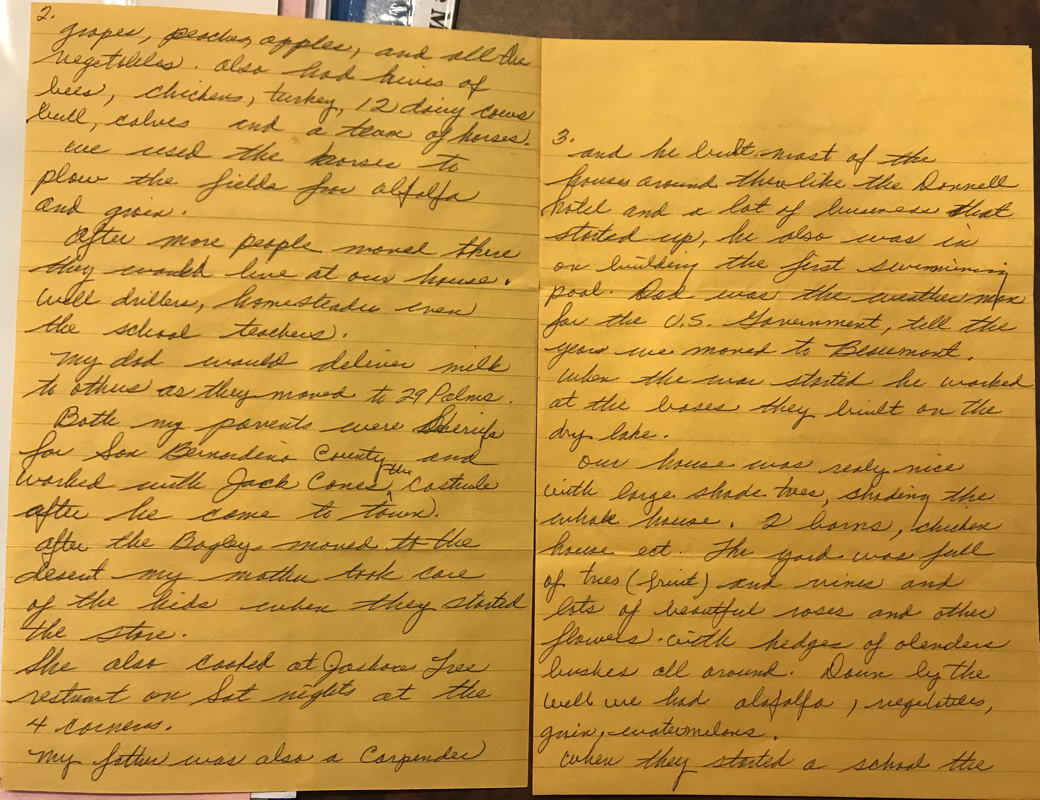

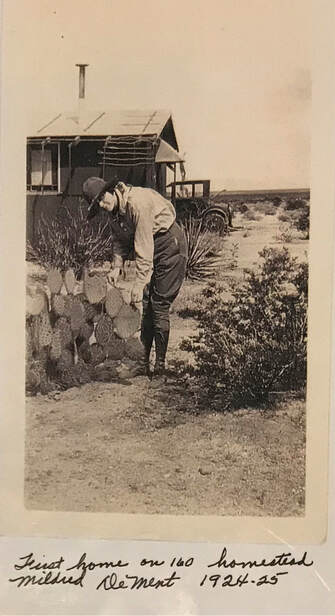
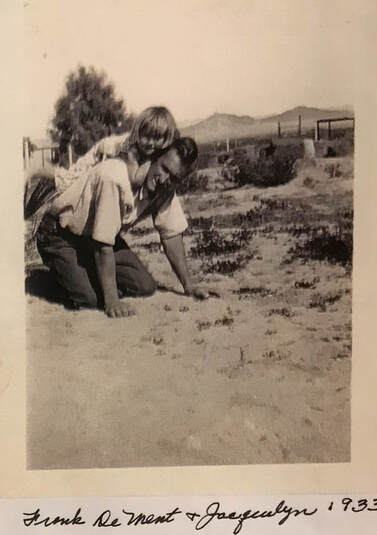
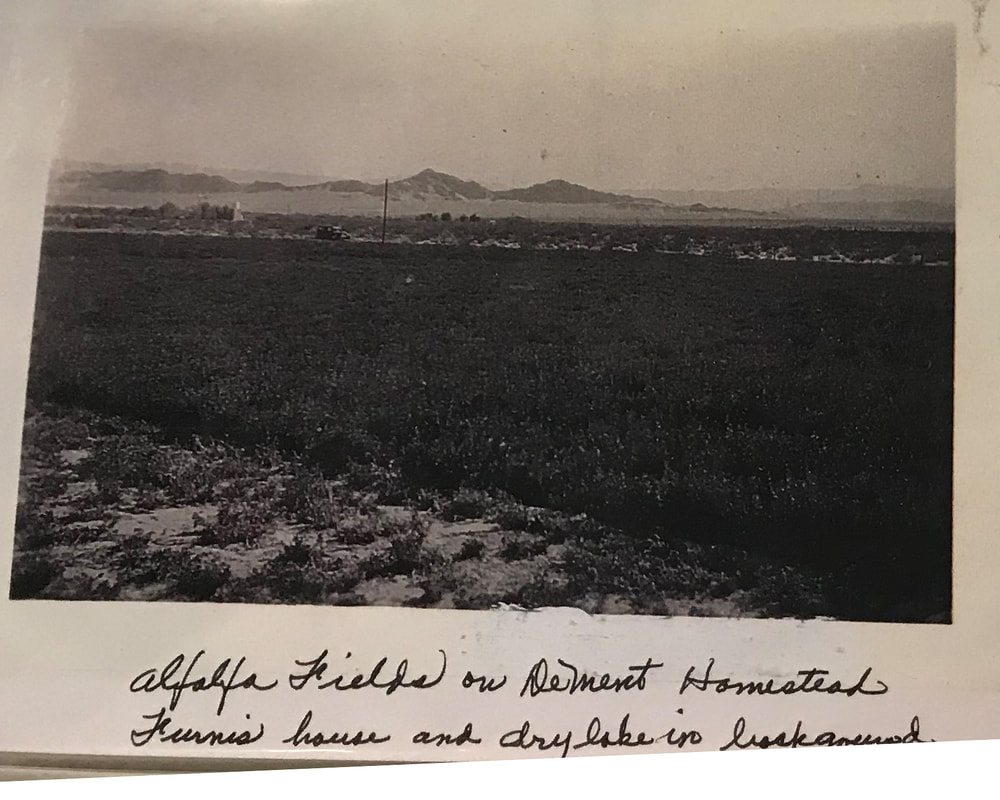
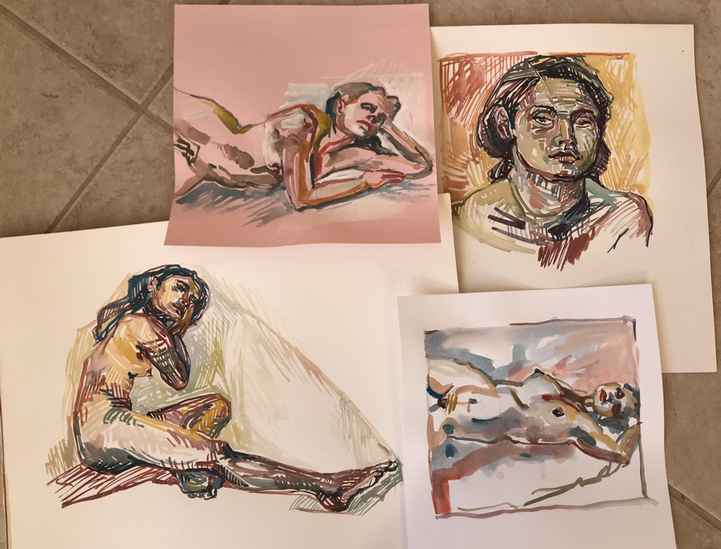
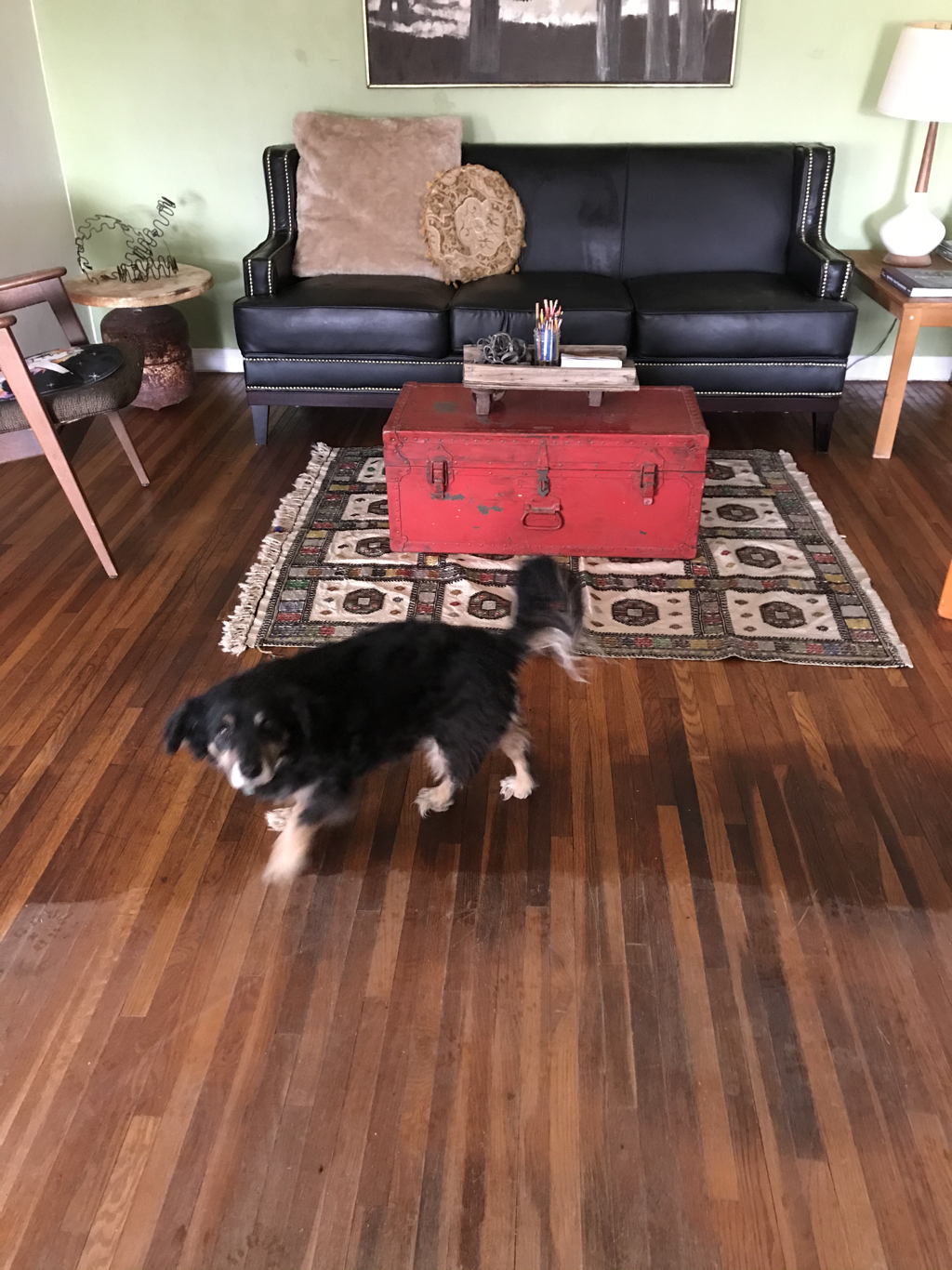
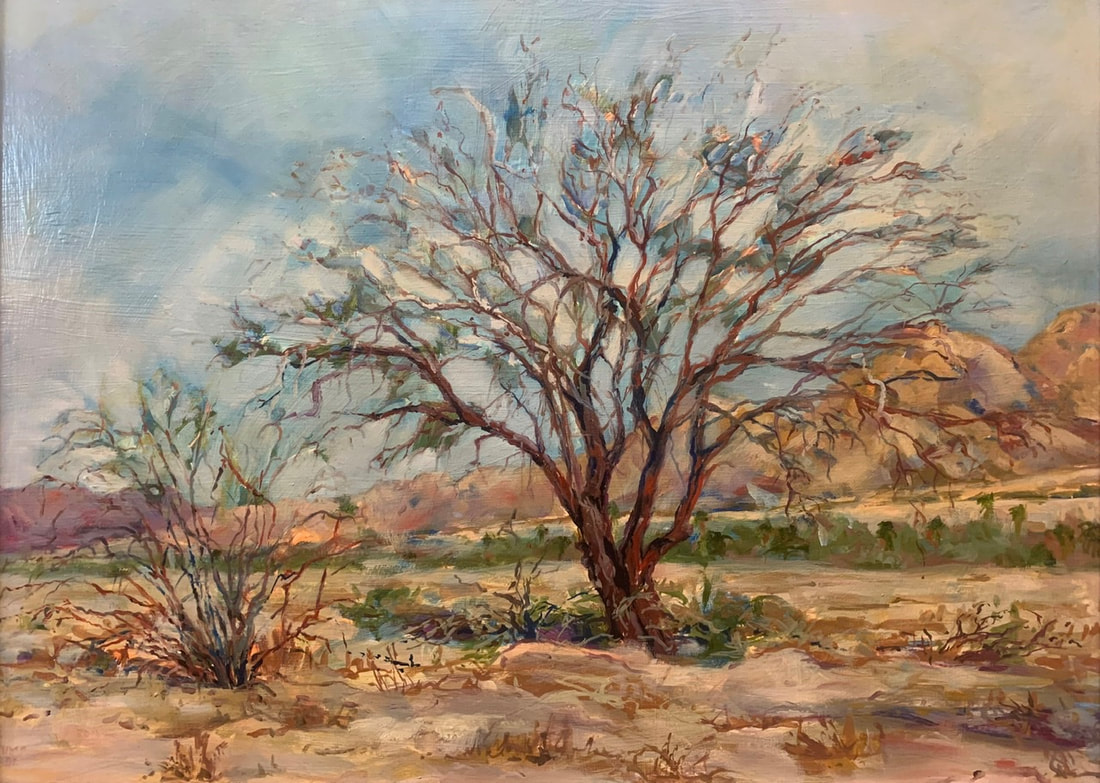
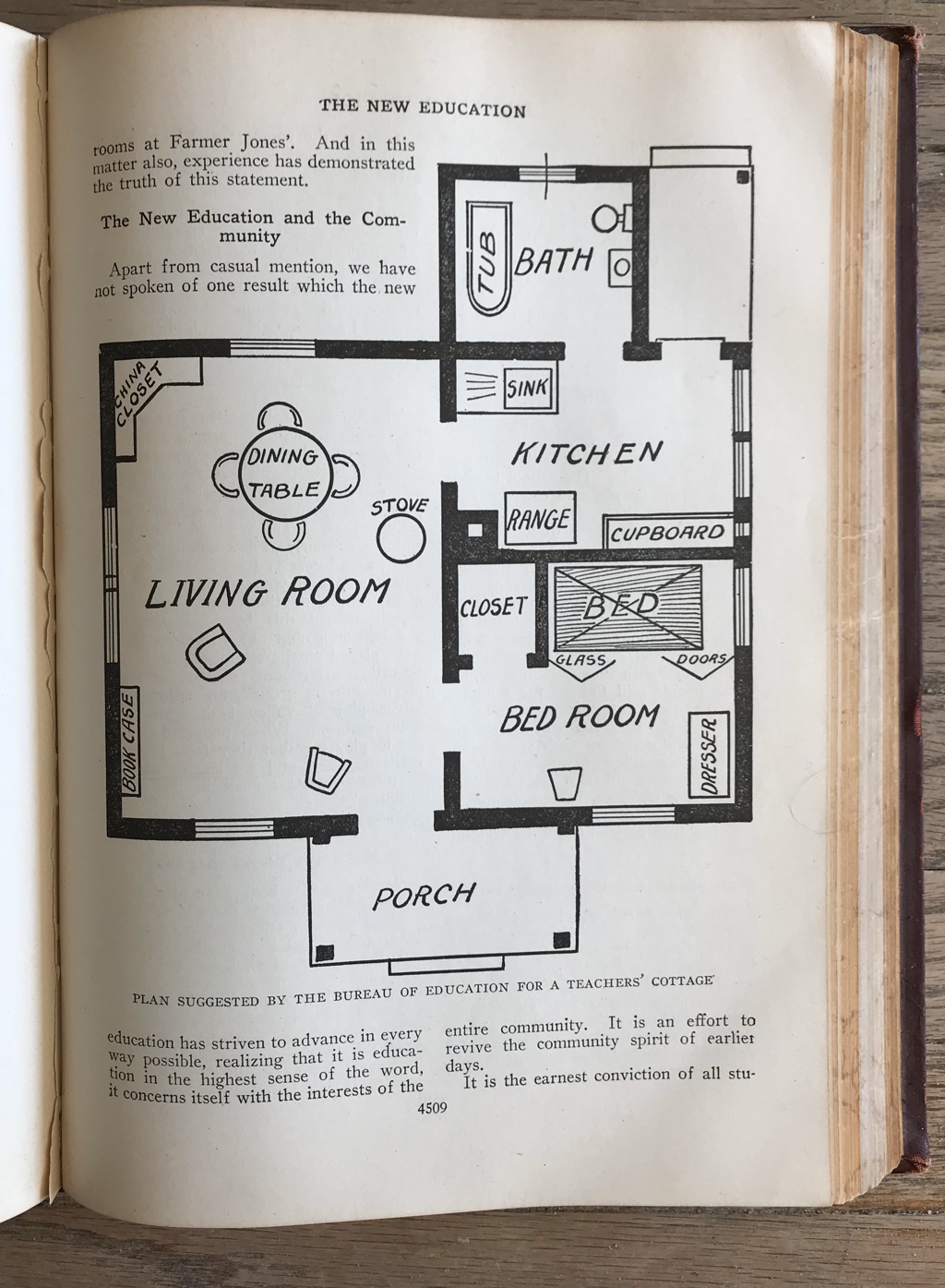
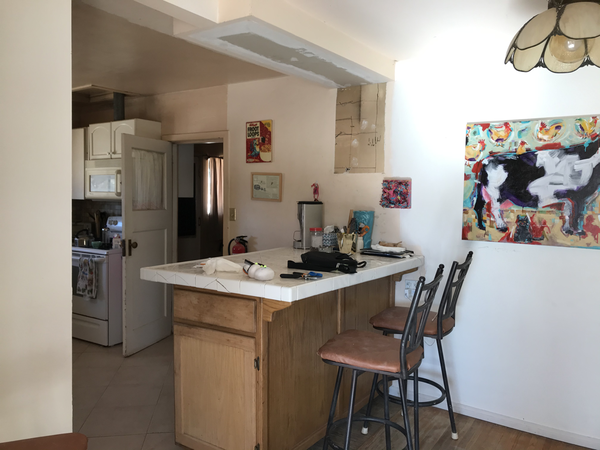
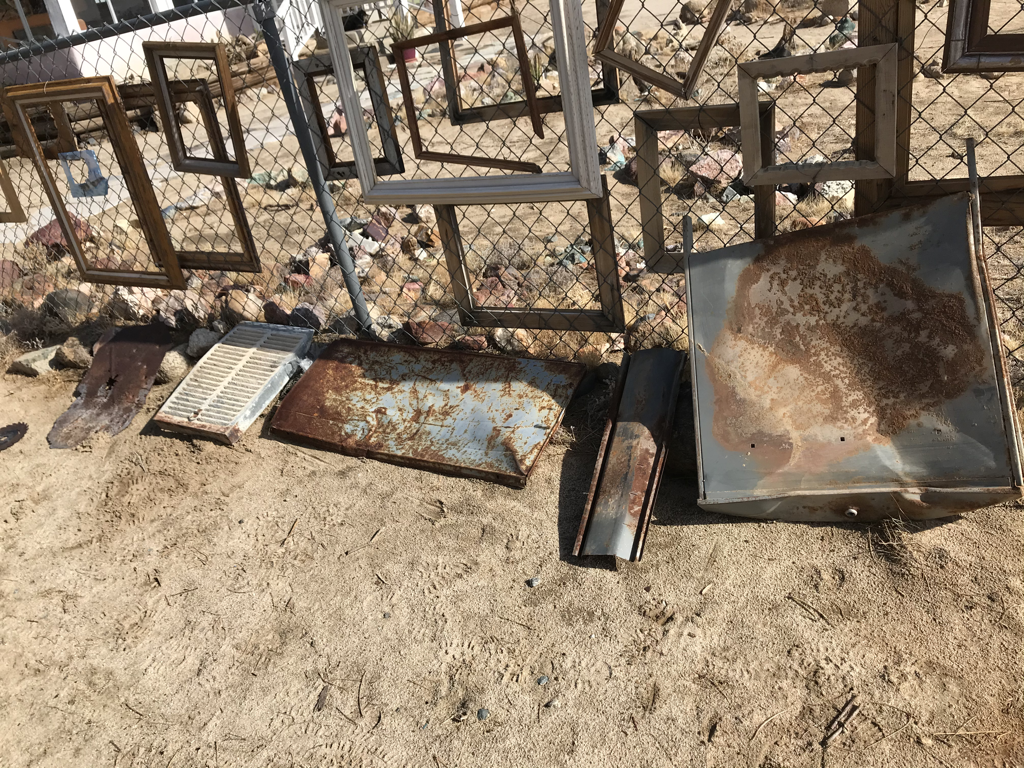
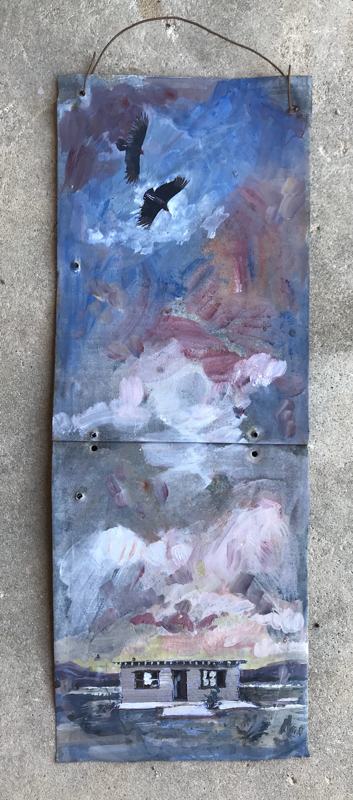
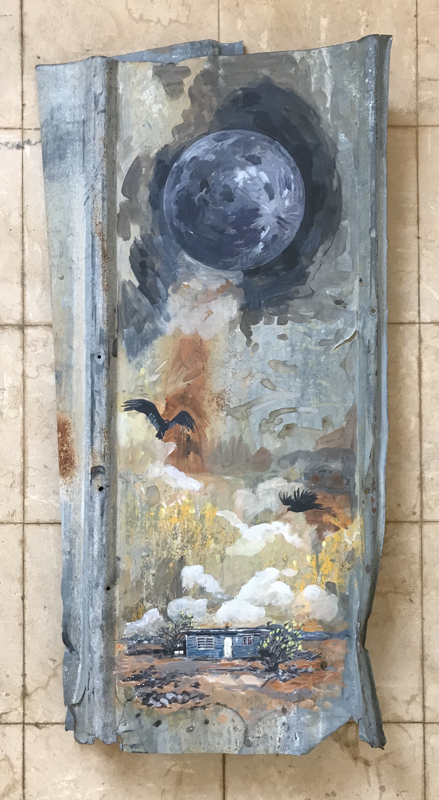
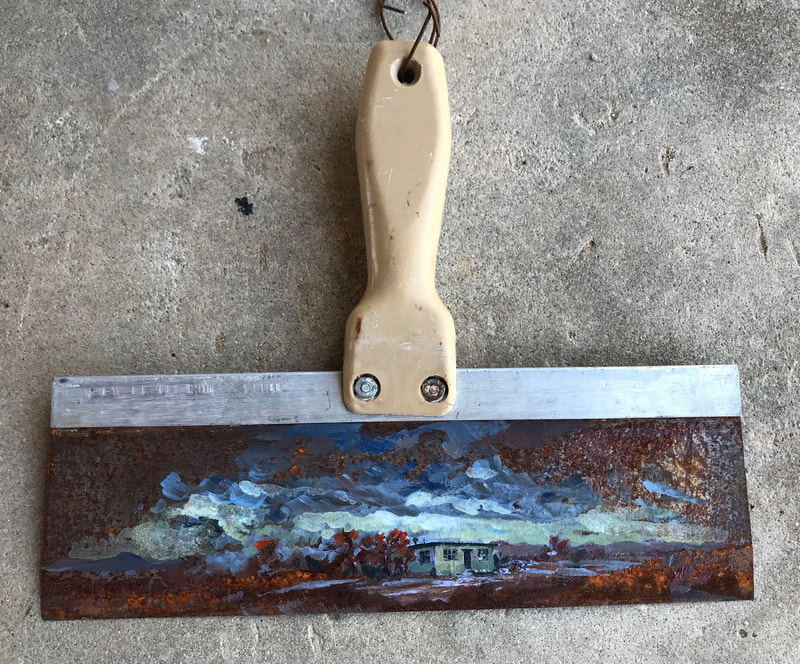
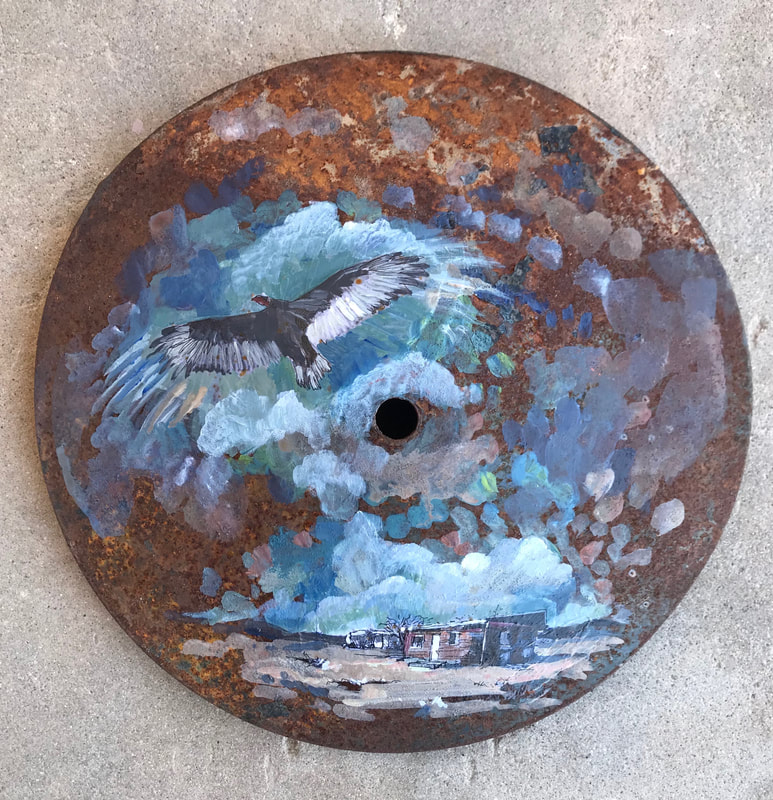
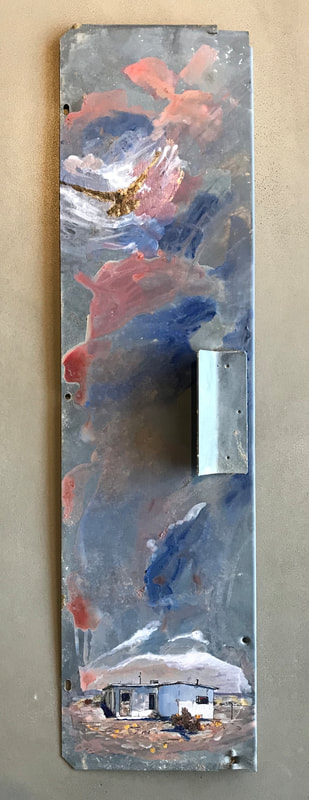
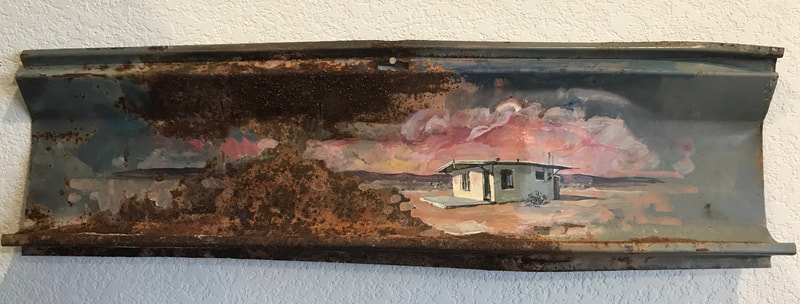
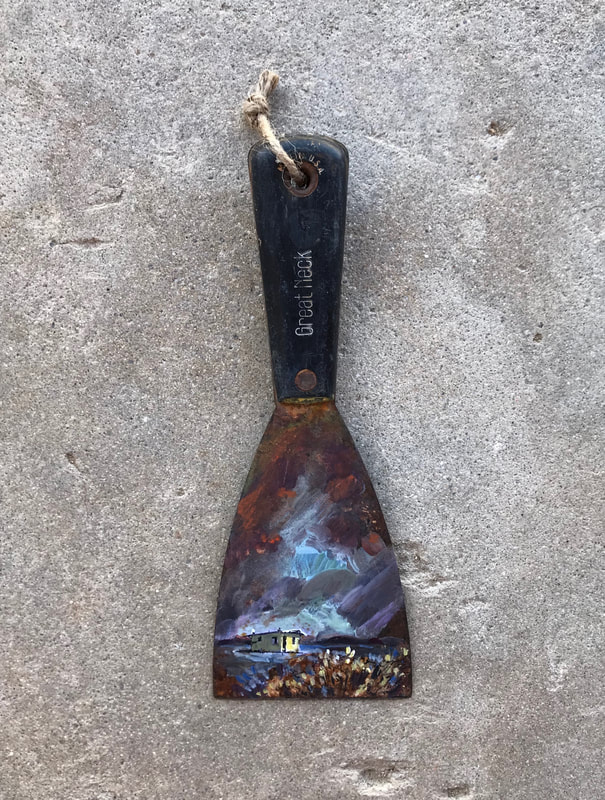
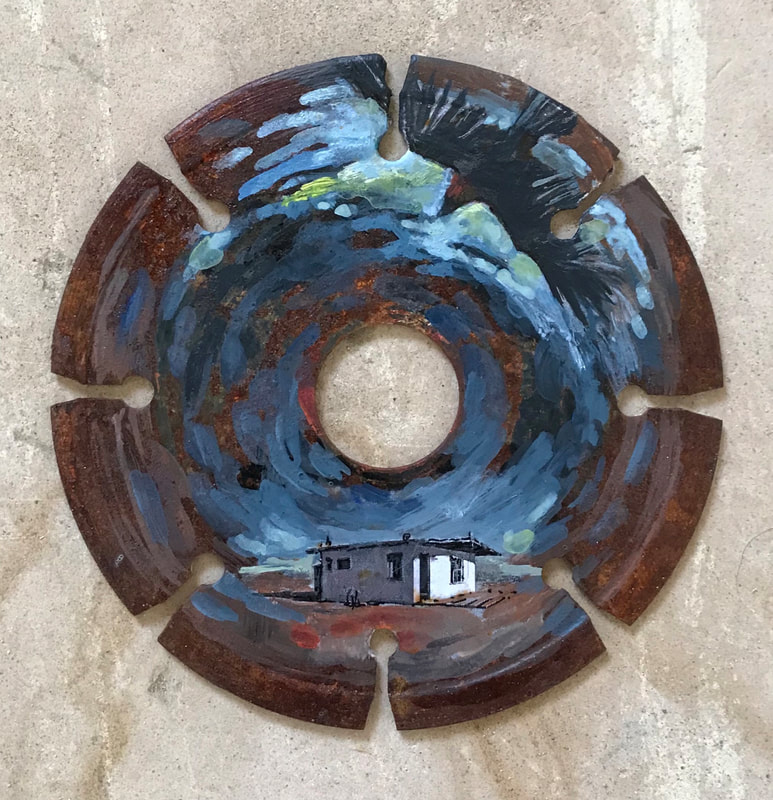
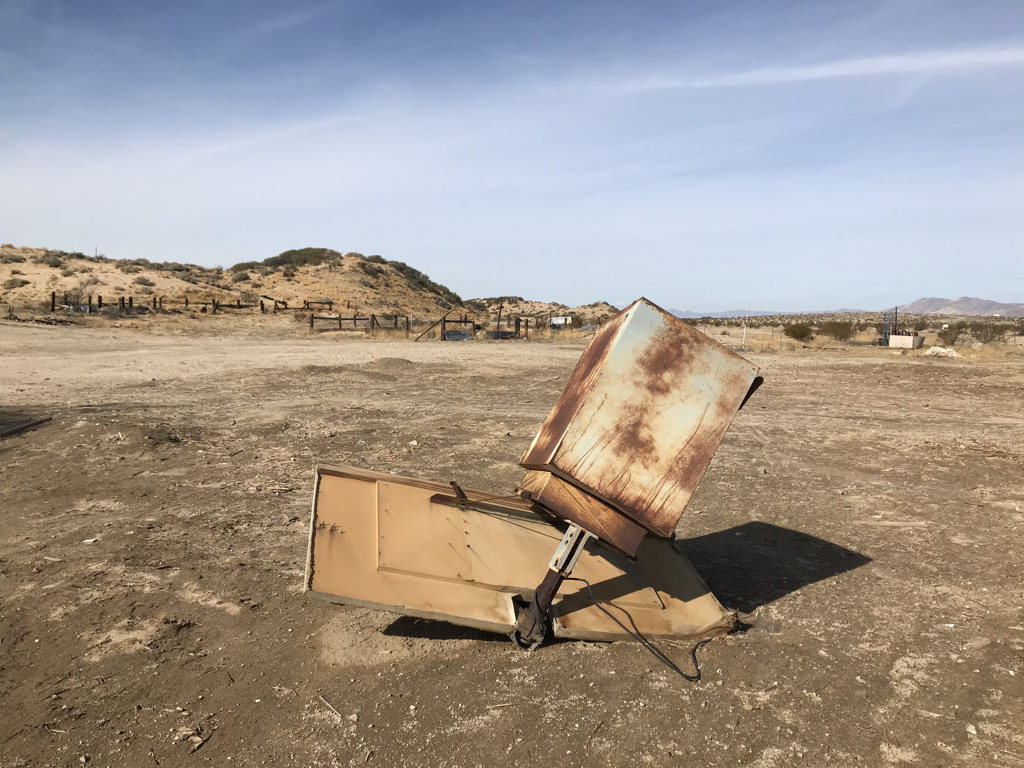
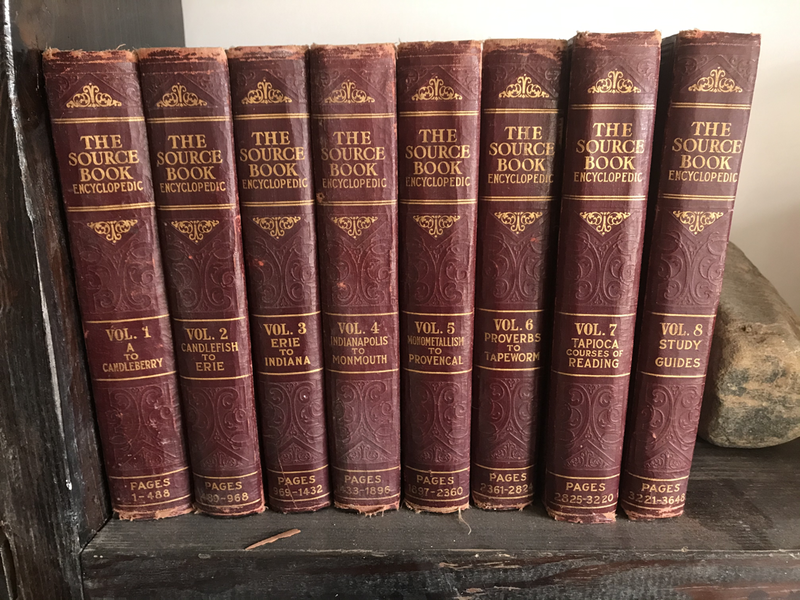
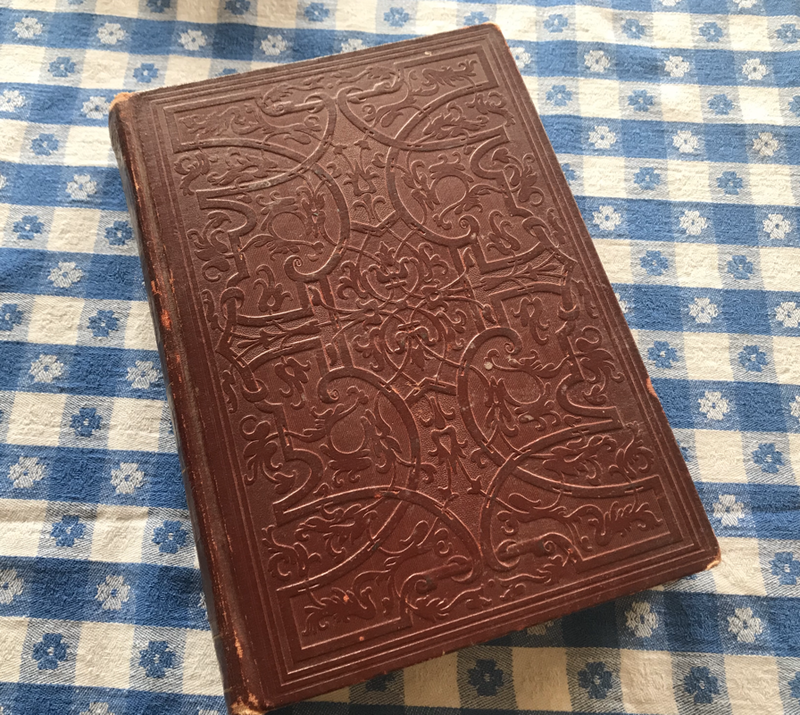
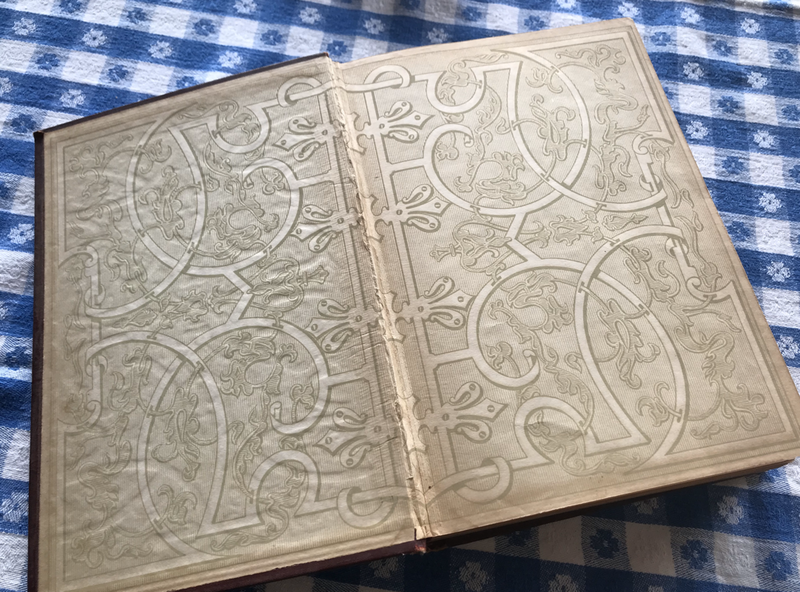
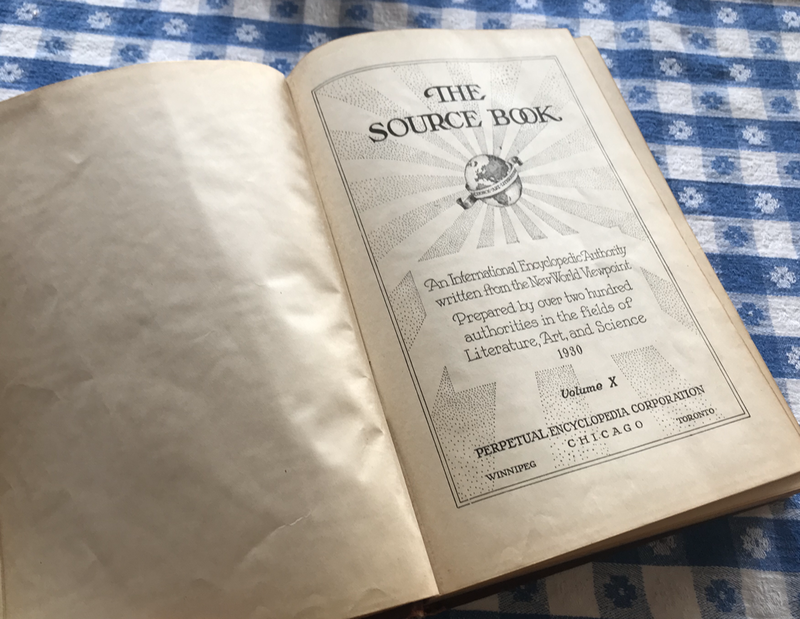
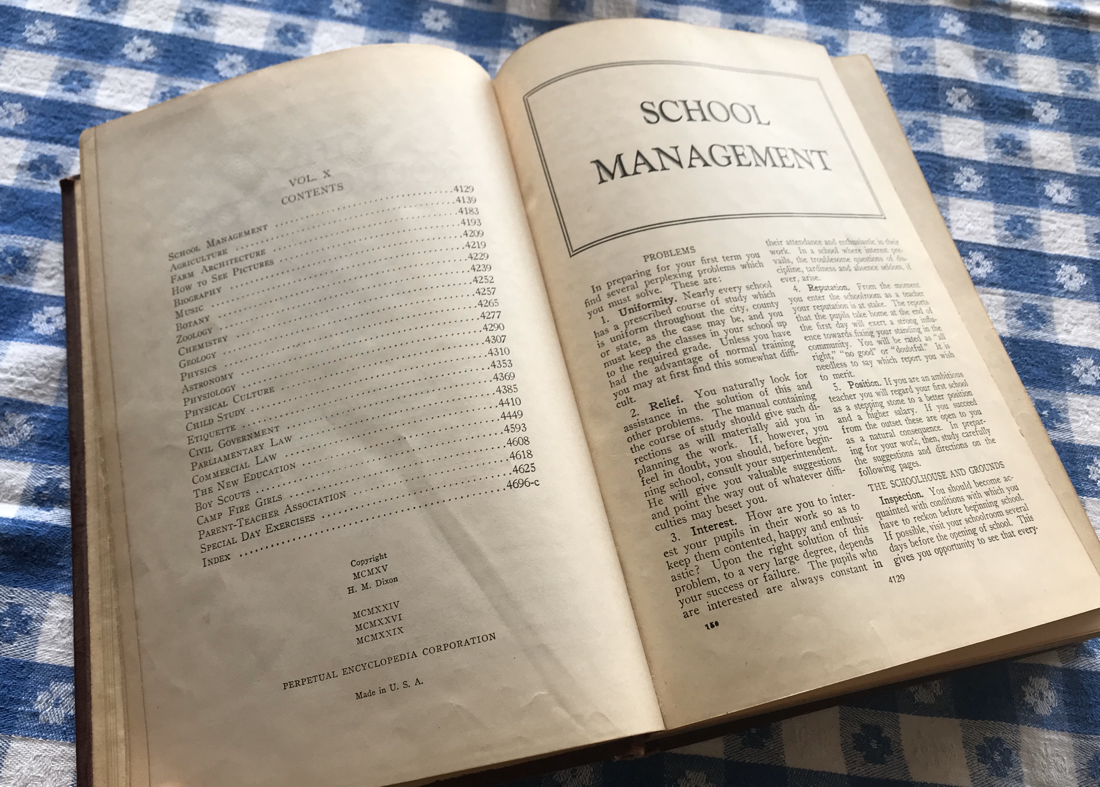
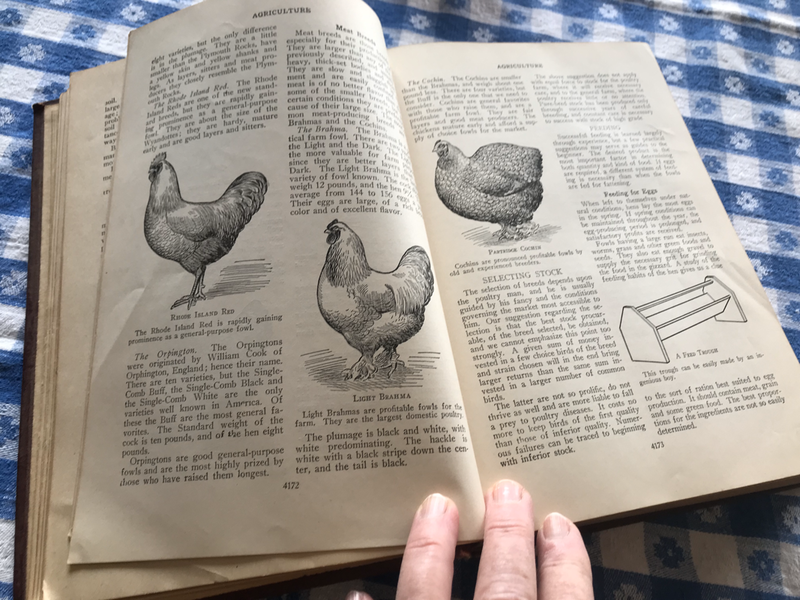
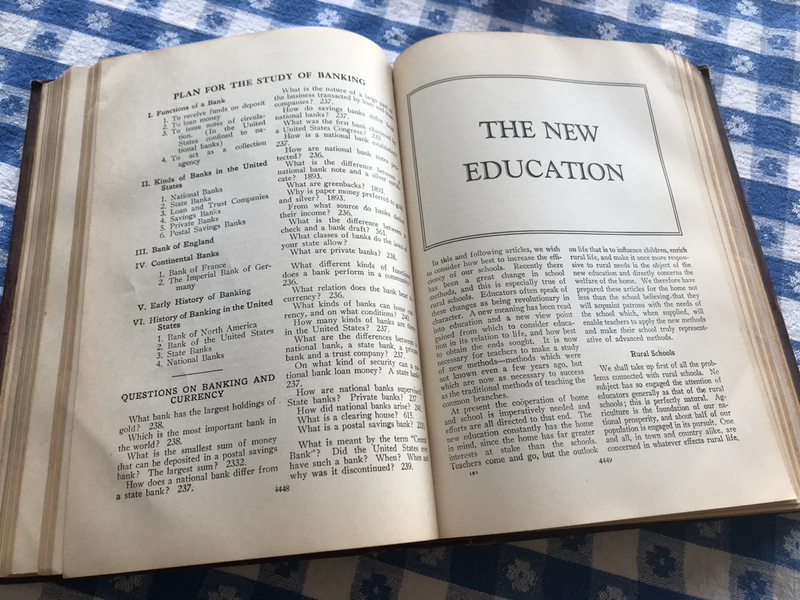
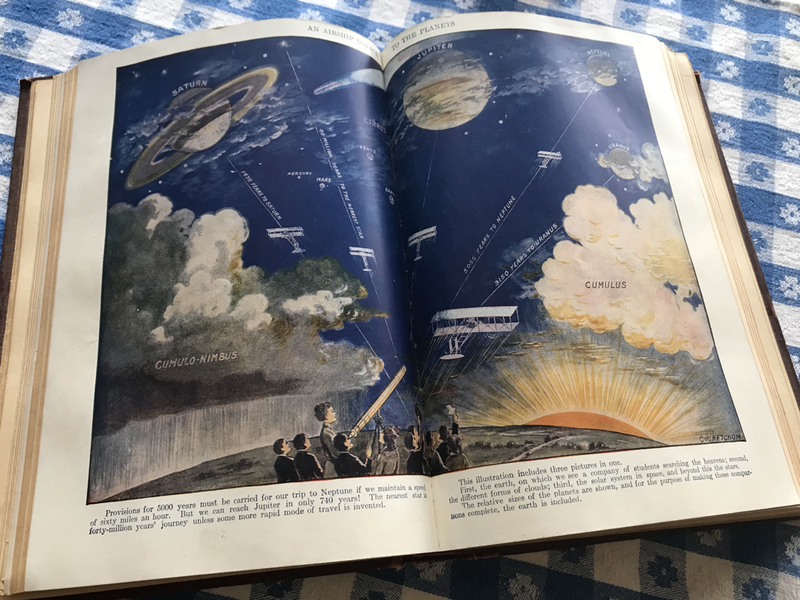
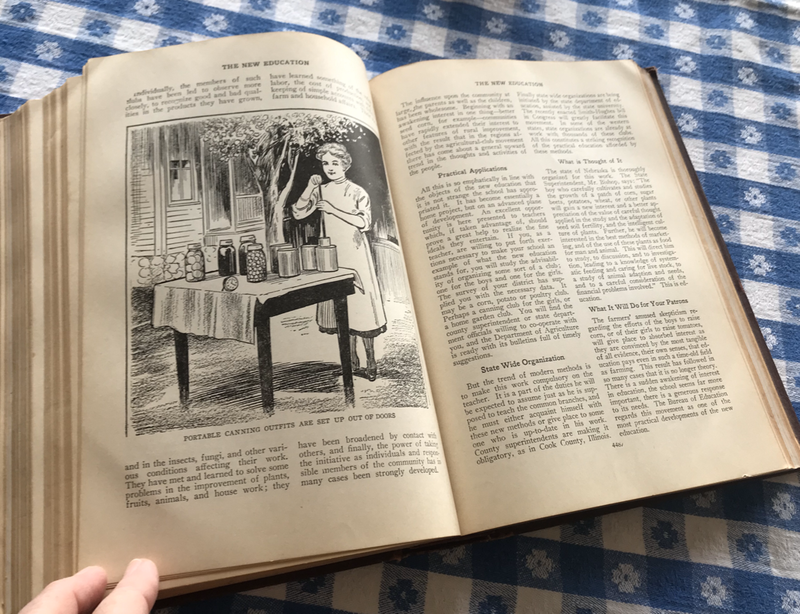
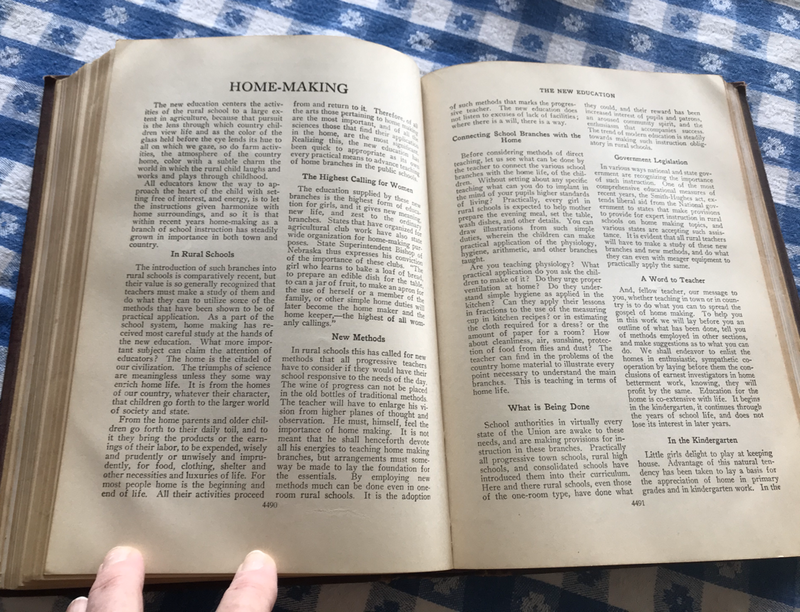
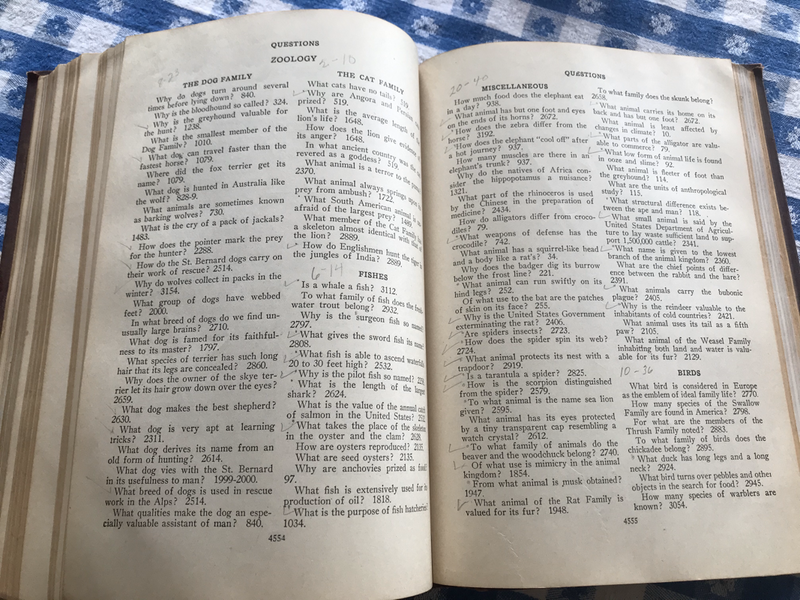
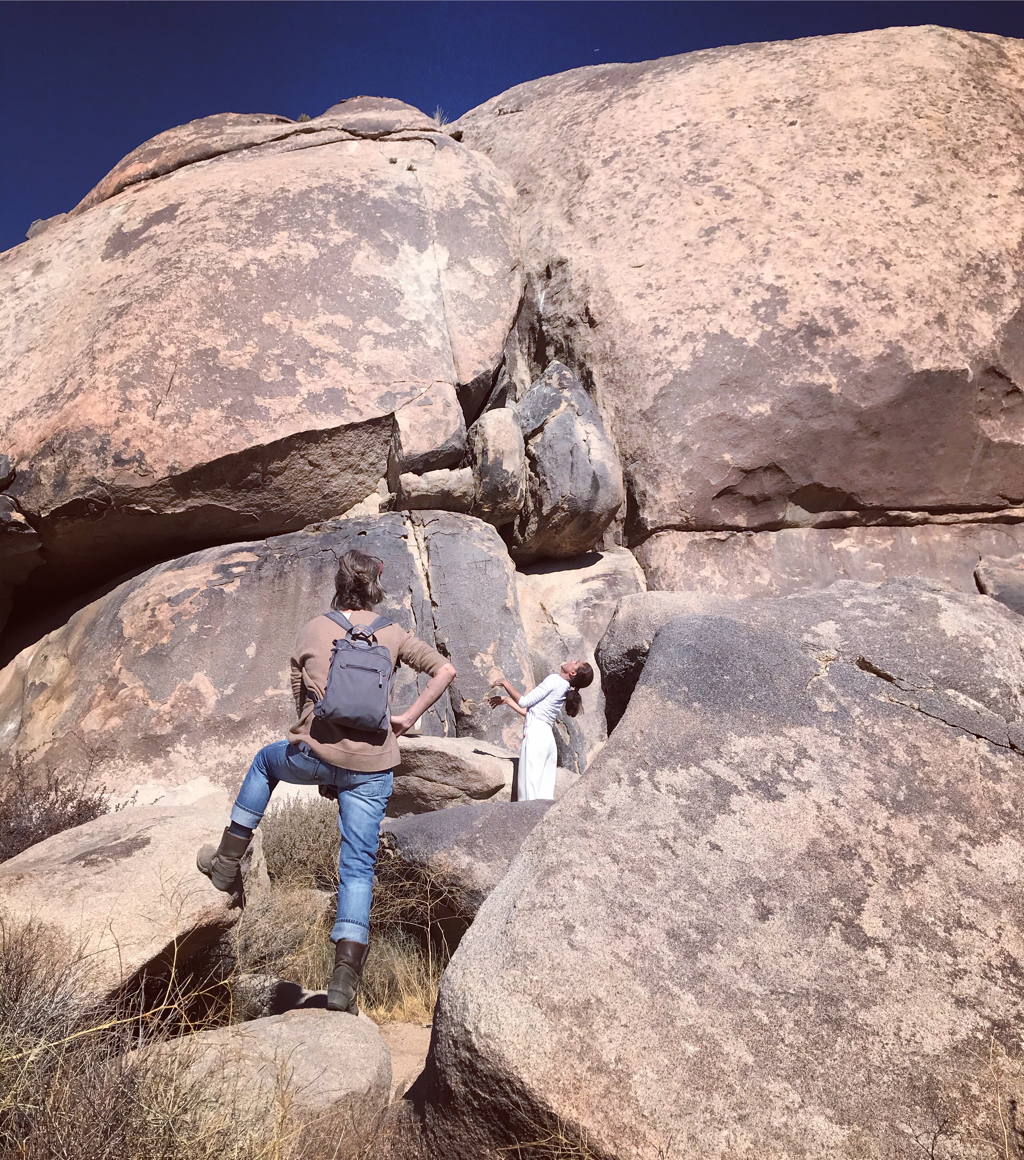
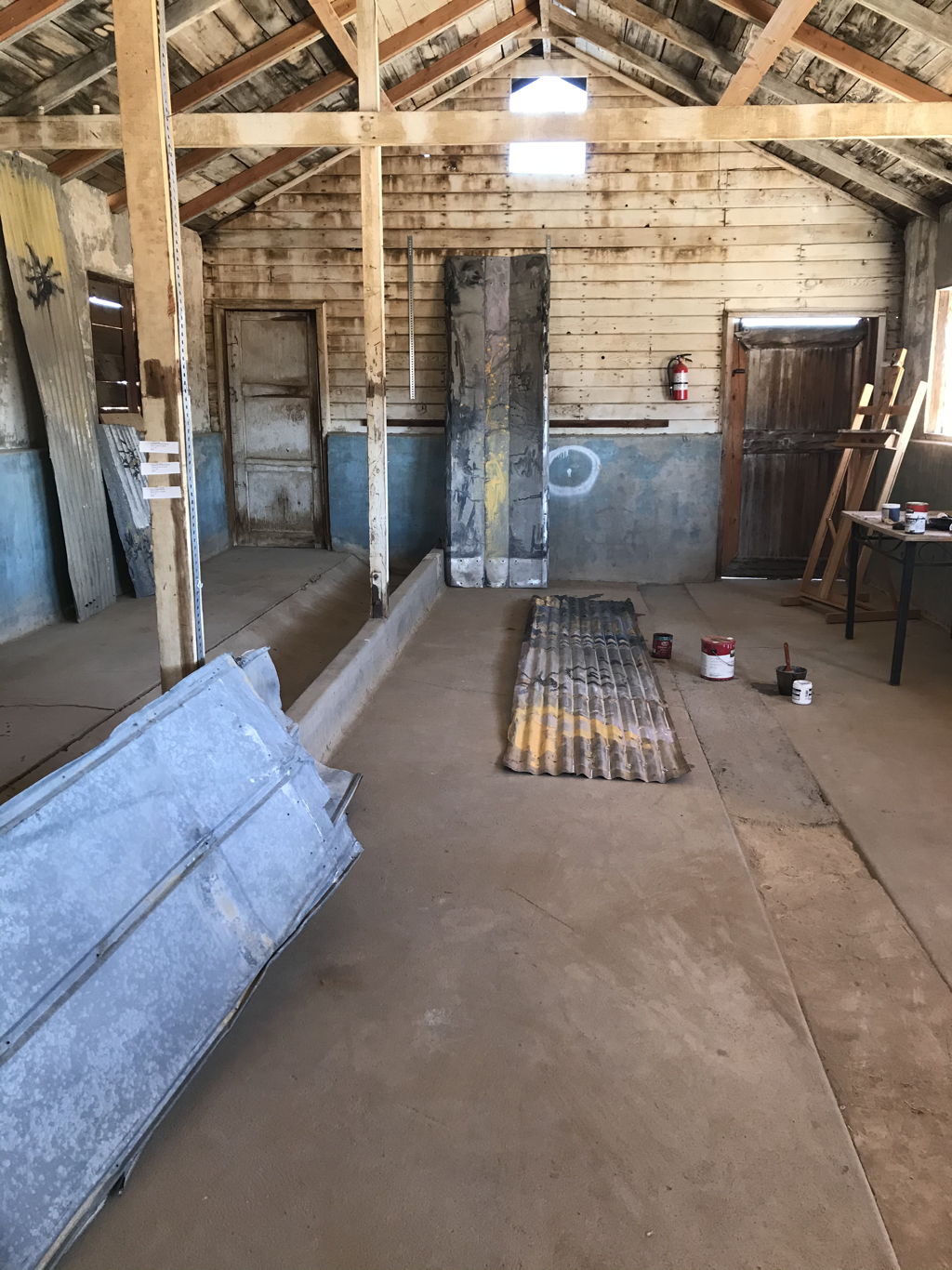
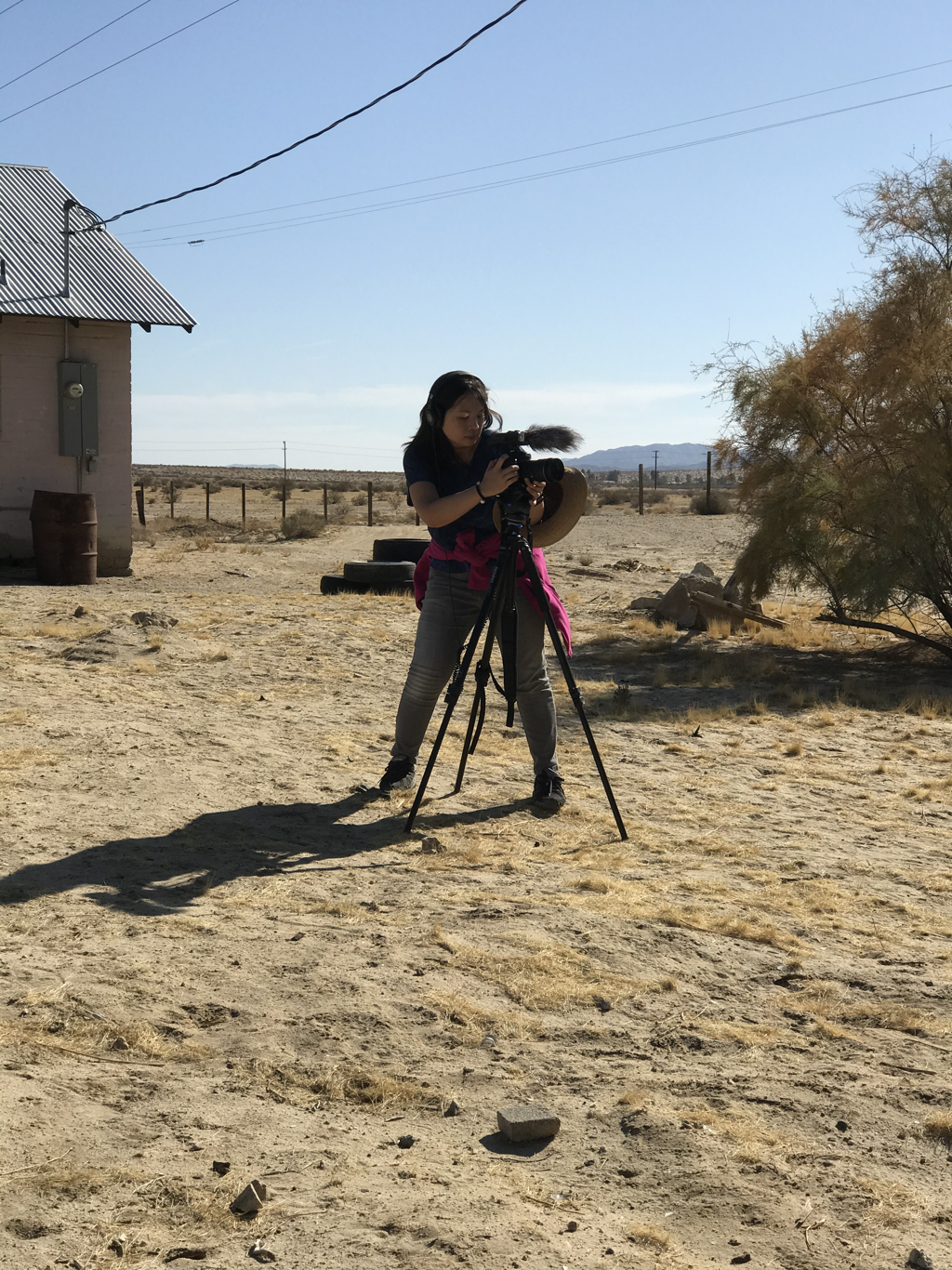
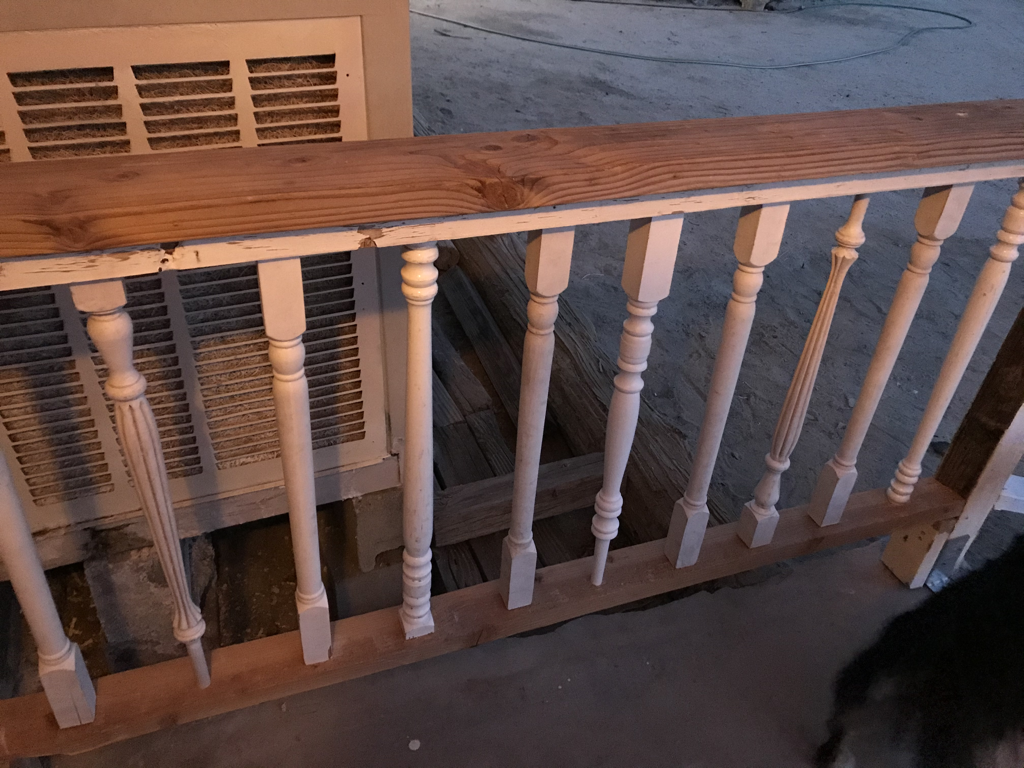
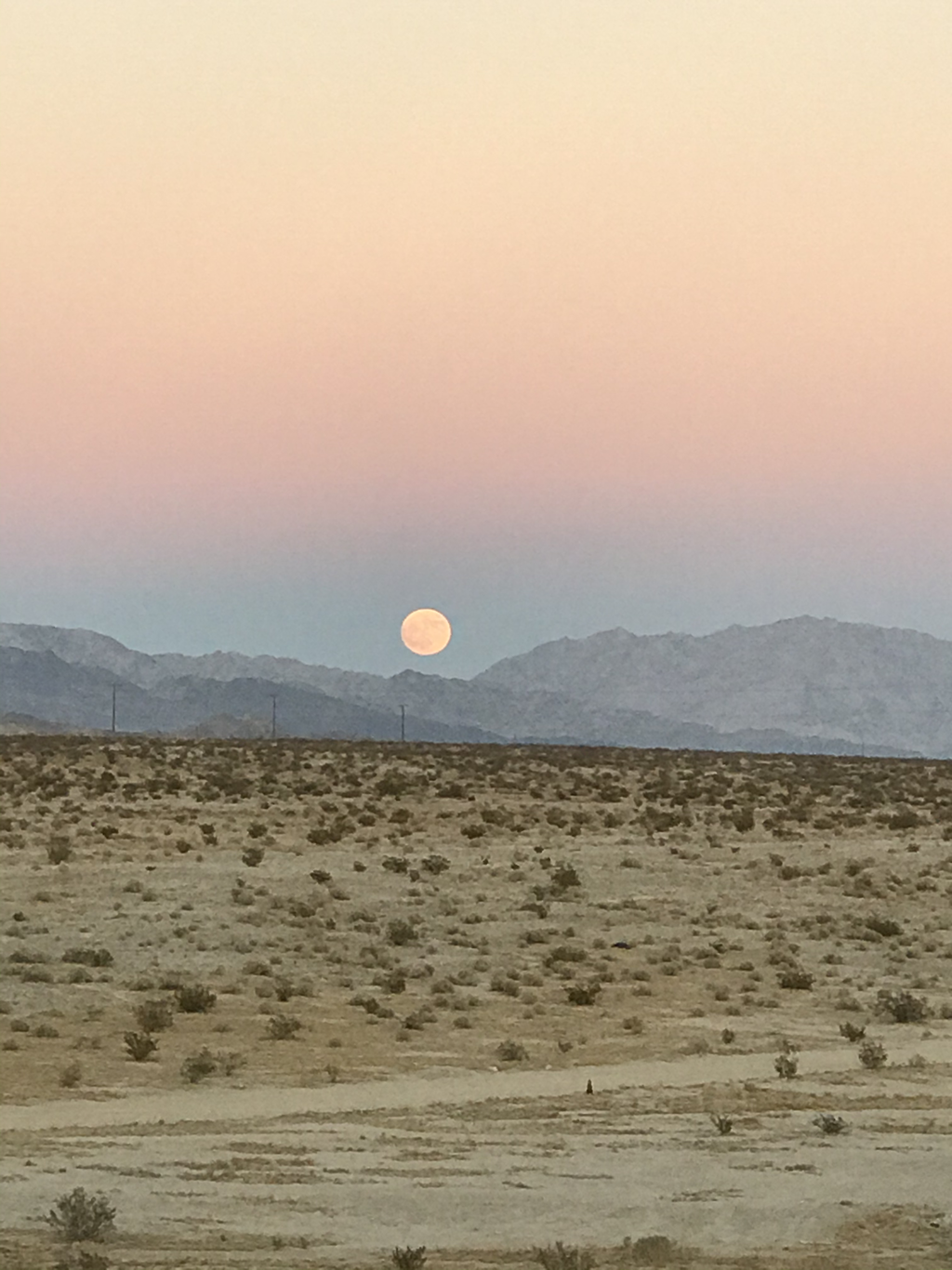
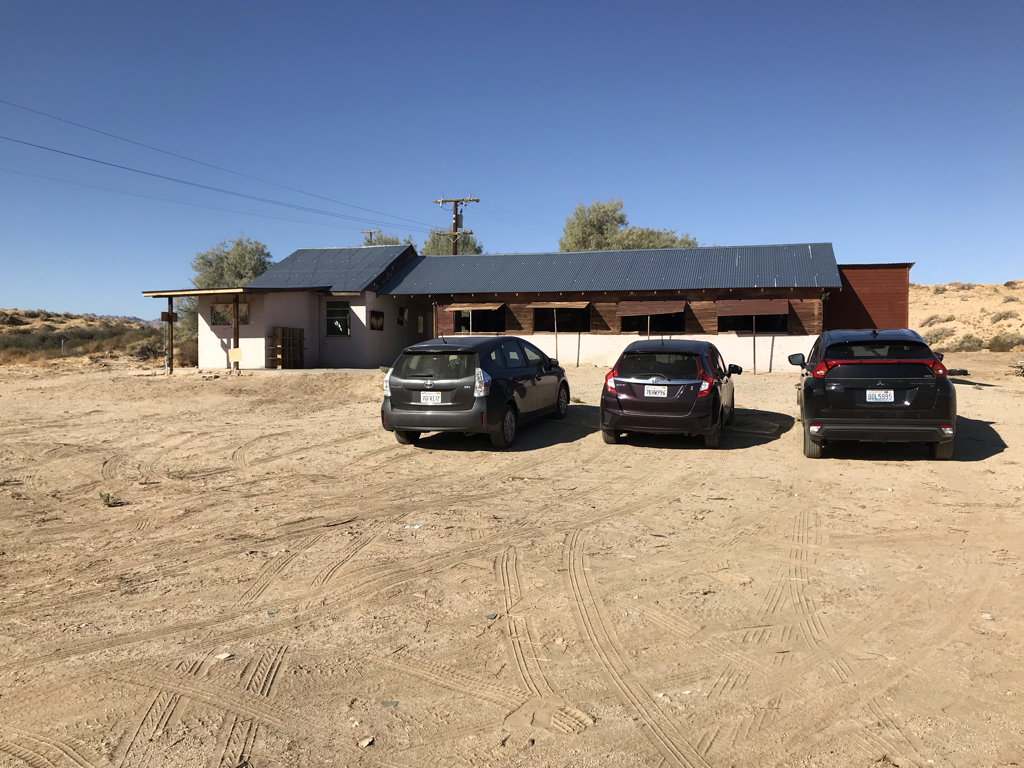
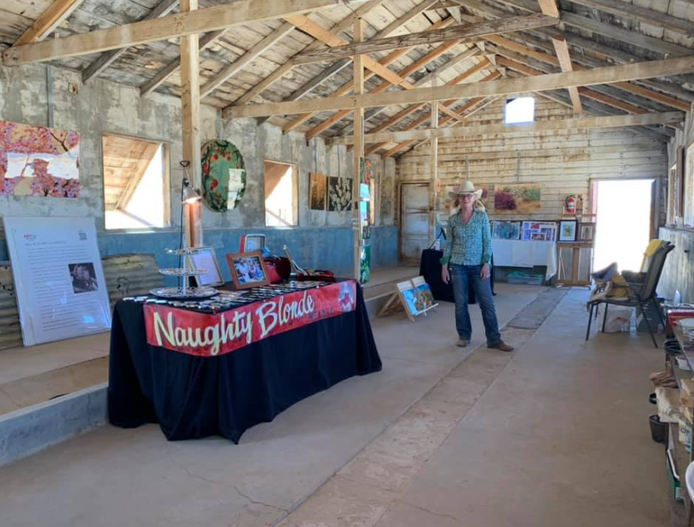
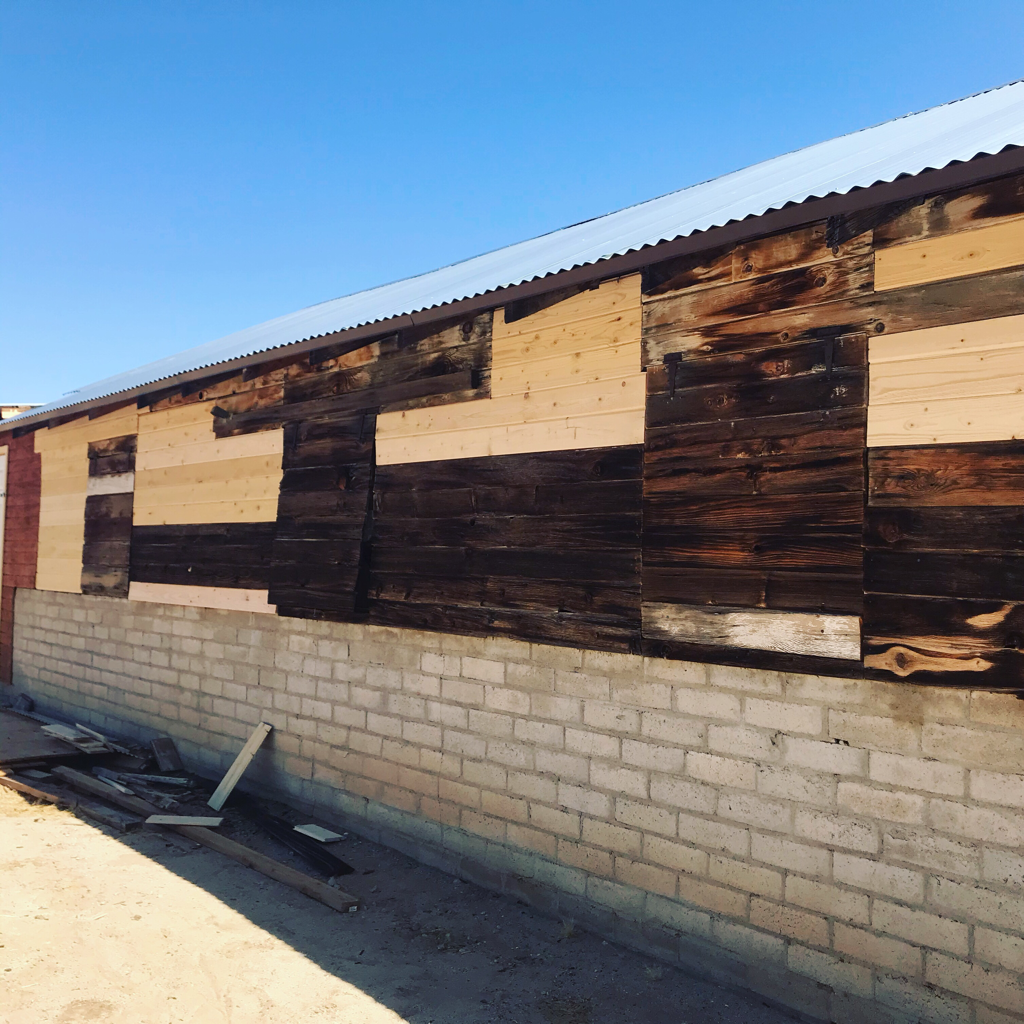
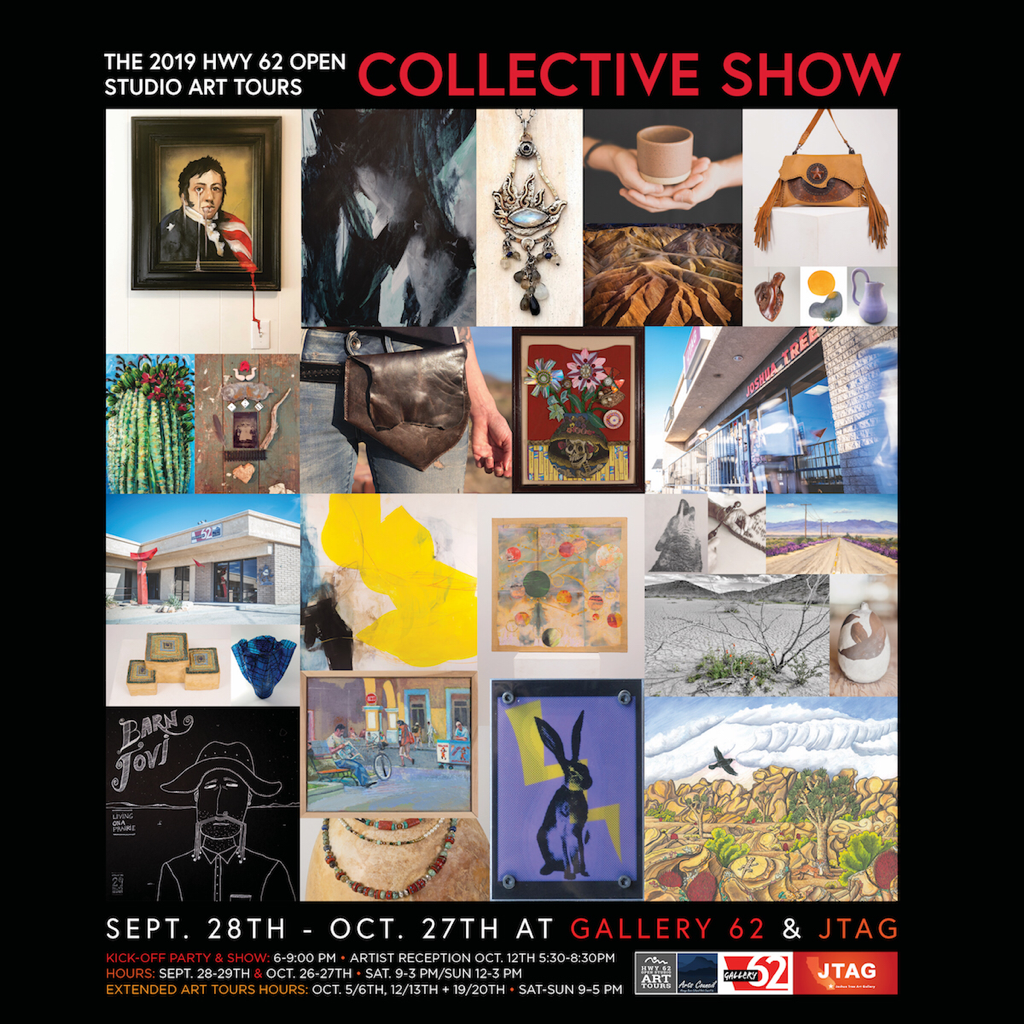
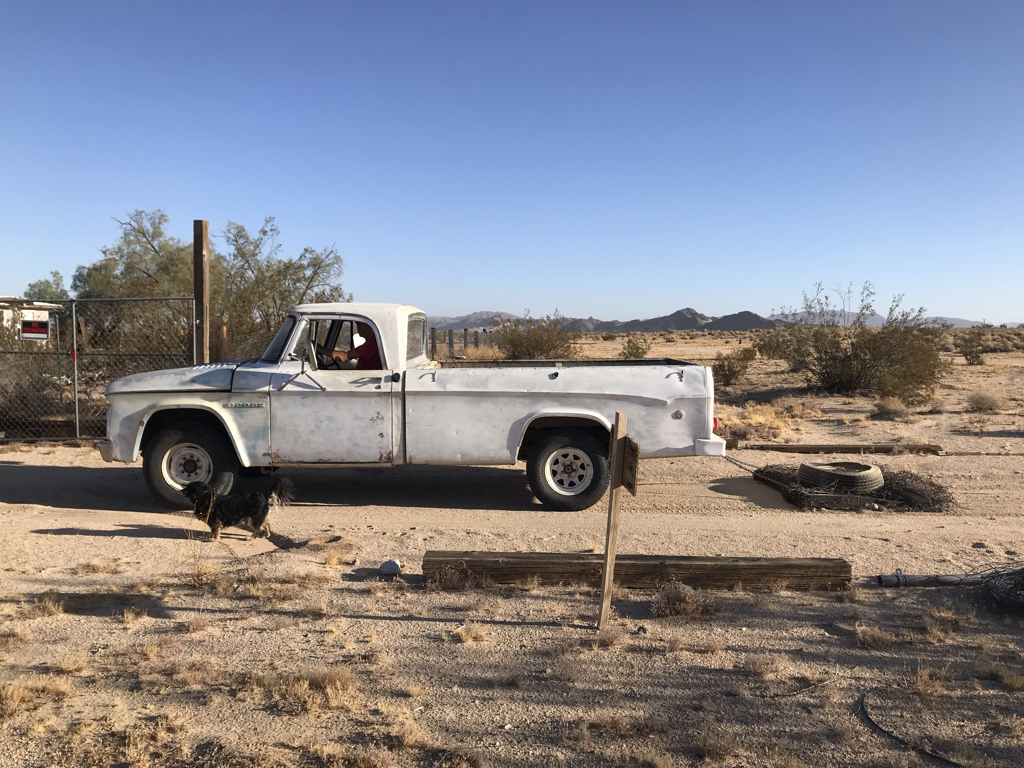
 RSS Feed
RSS Feed